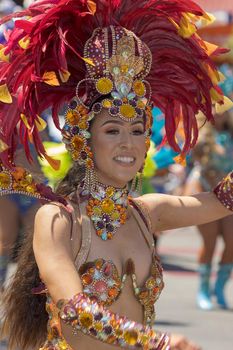- Filter By:
-
-
Stock photos and images of username:timo043850
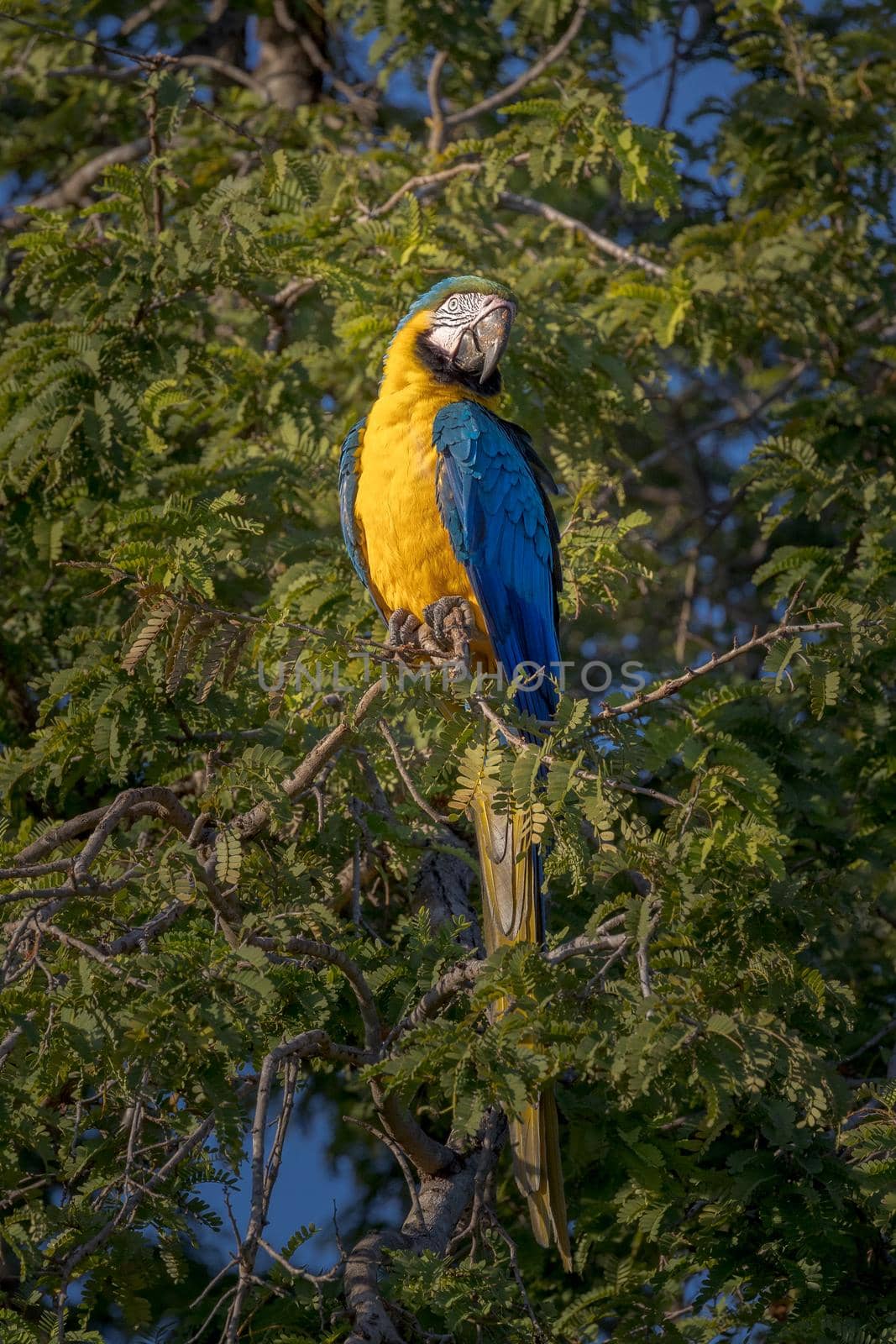
A spectacular Blue-and-yellow macaw, Anodorhynchus hyacinthinus, perched in a tree.
Stock PhotoUsername
timo043850Resolution
2493x3740pxA spectacular Blue-and-yellow macaw, Anodorhynchus hyacinthinus, perched in a tree.

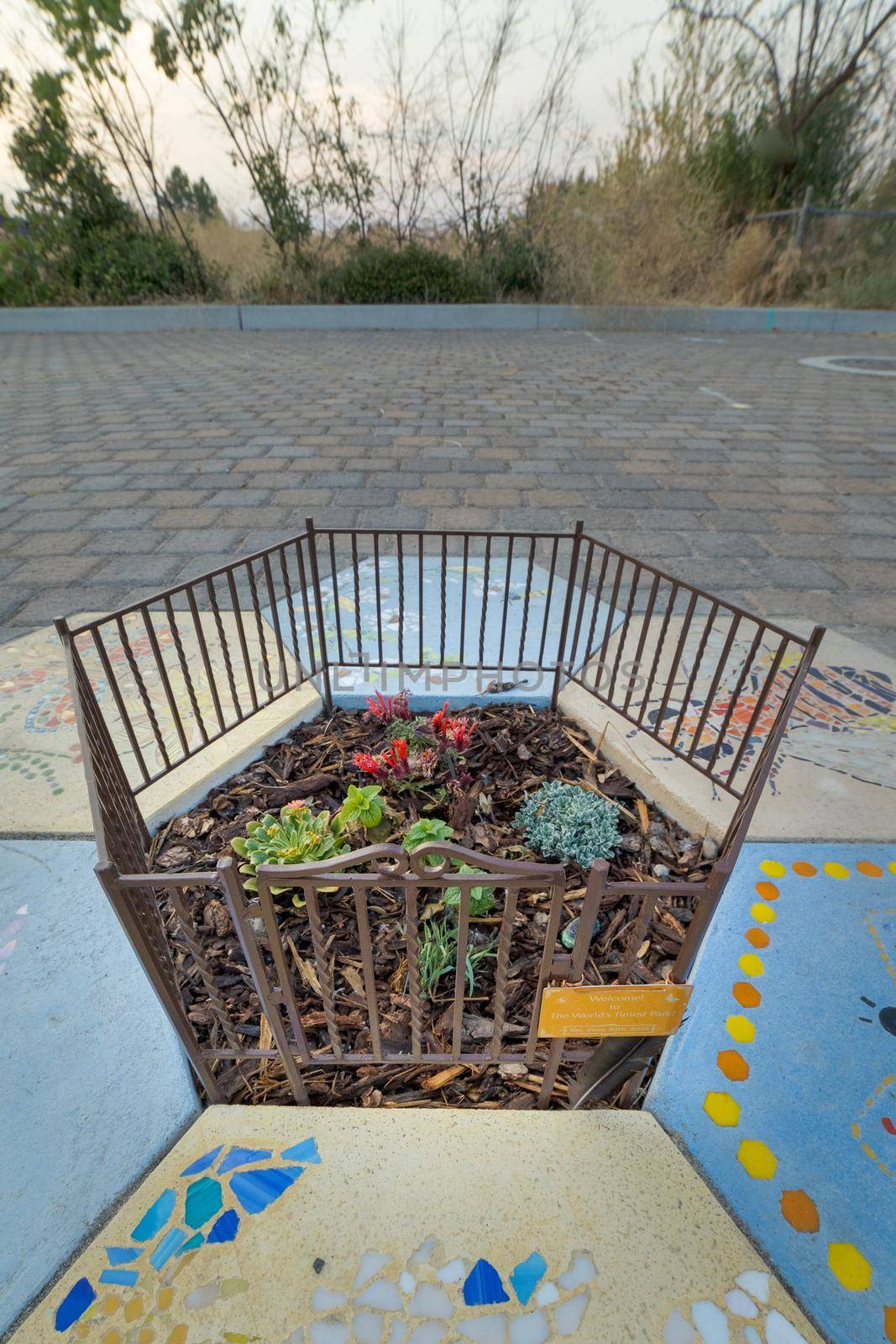
The Newest and Tiniest City Park in the World
Stock PhotoUsername
timo043850Resolution
2878x4317pxThe Newest and Tiniest City Park in the World

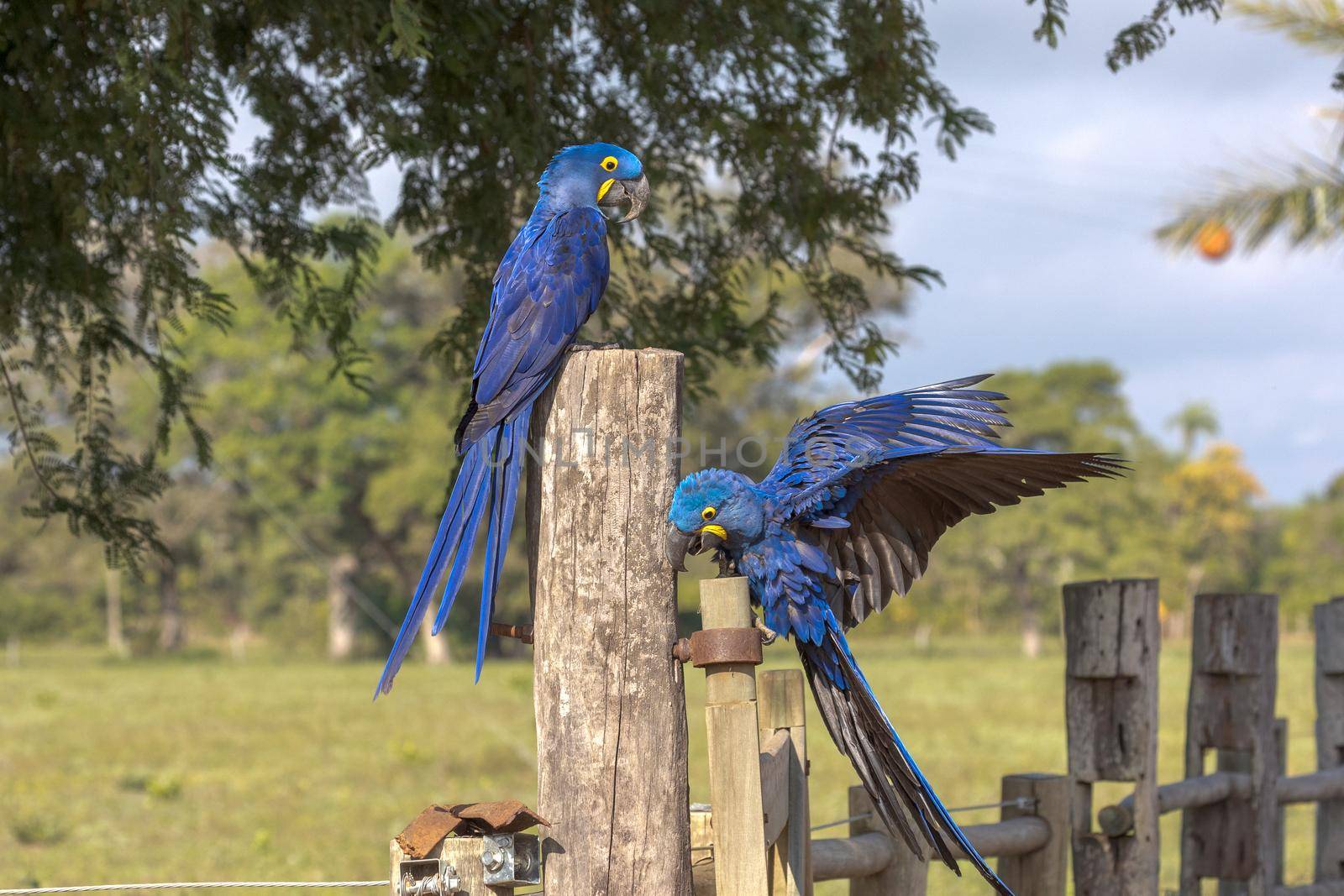
Hyacinth Macaws, a vulnerable species, on a fencepost in Brazil.
Stock PhotoUsername
timo043850Resolution
4430x2953pxHyacinth Macaws, a vulnerable species, on a fencepost in Brazil.

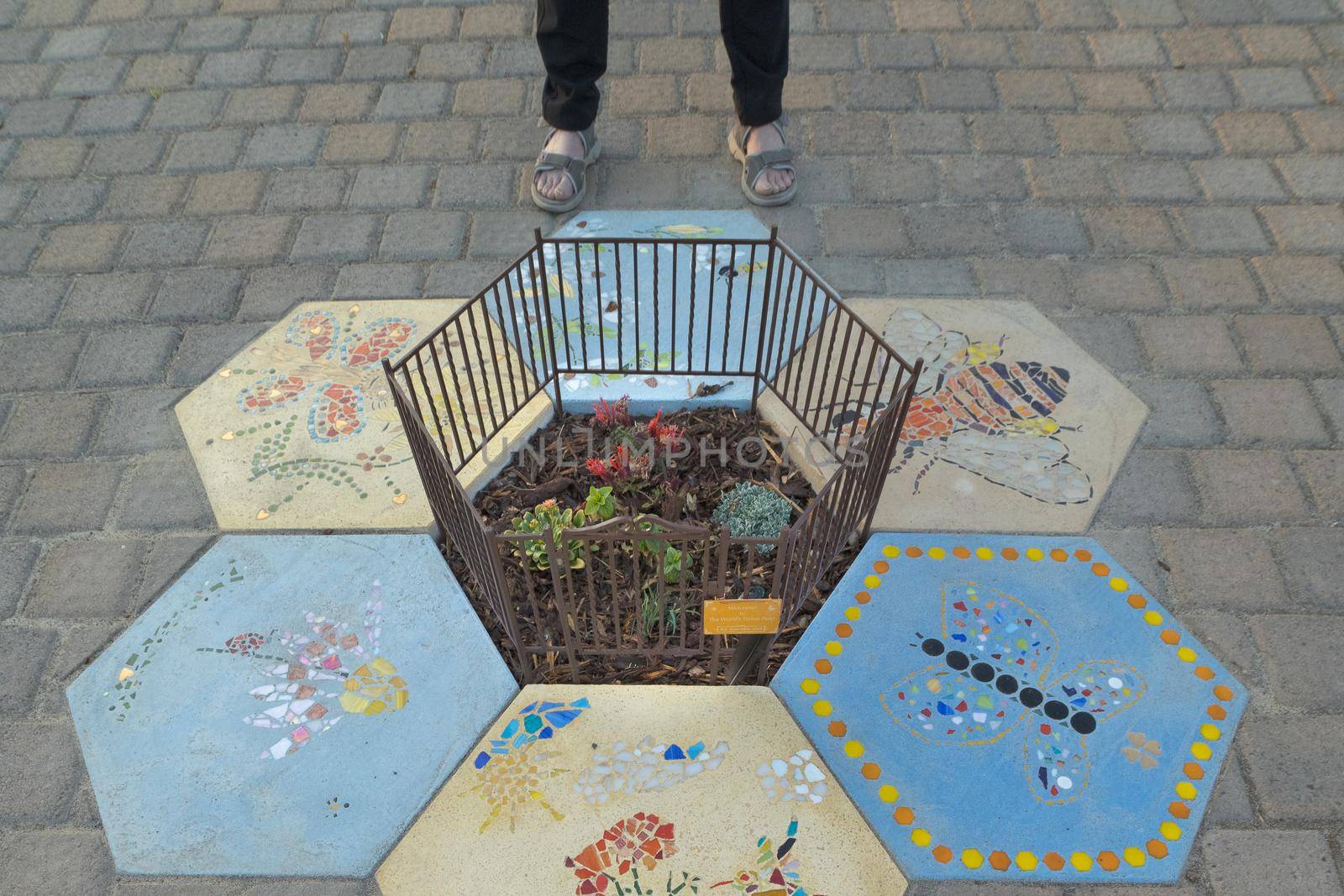
The Newest and Tiniest City Park in the World
Stock PhotoUsername
timo043850Resolution
3619x2413pxThe Newest and Tiniest City Park in the World

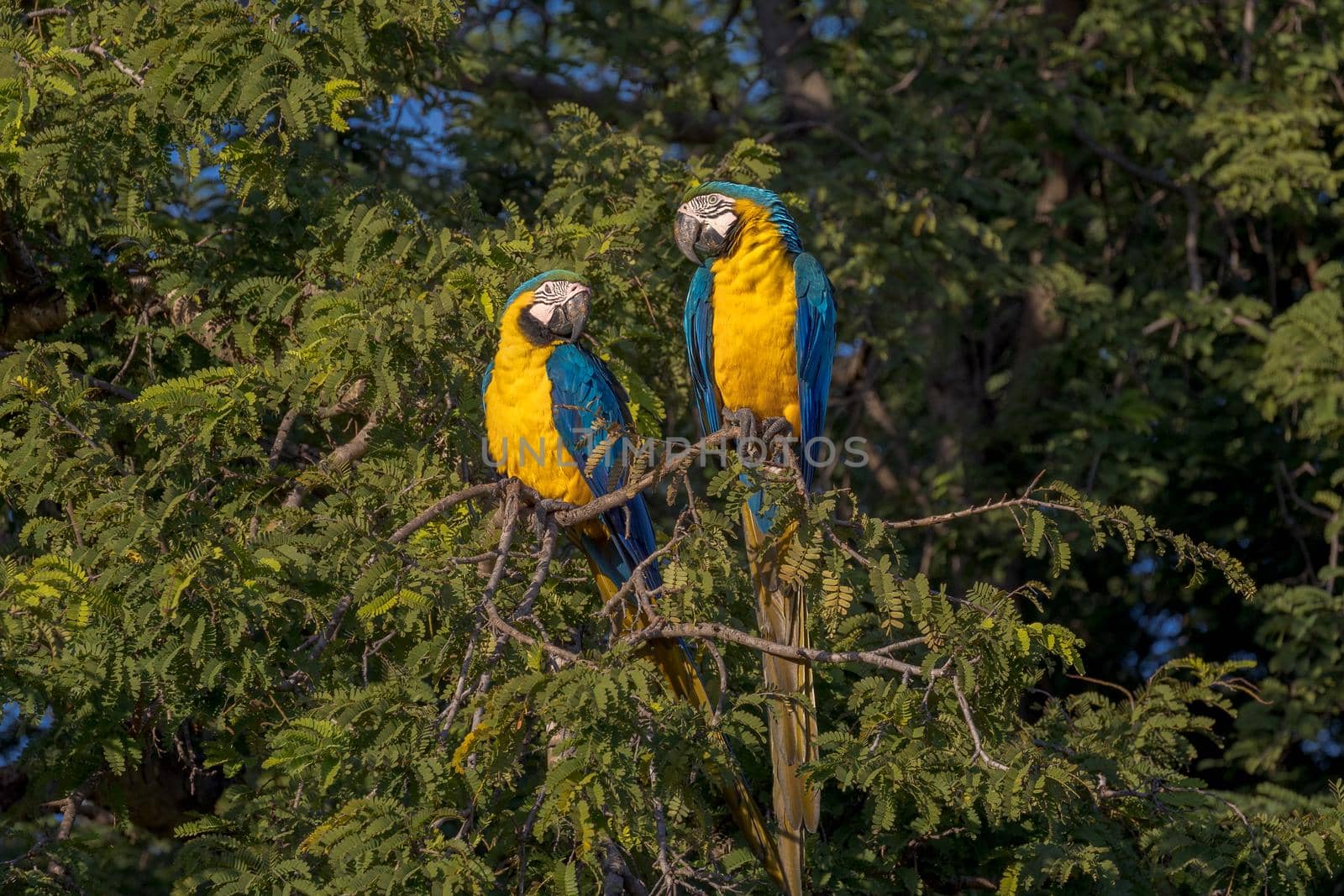
Spectacular Blue-and-yellow macaws, Anodorhynchus hyacinthinus, perched in a tree.
Stock PhotoUsername
timo043850Resolution
3740x2493pxSpectacular Blue-and-yellow macaws, Anodorhynchus hyacinthinus, perched in a tree.


Hyacinth Macaws having a conversation in the Pantanal of Brazil.
Stock PhotoUsername
timo043850Resolution
4742x3203pxHyacinth Macaws having a conversation in the Pantanal of Brazil.
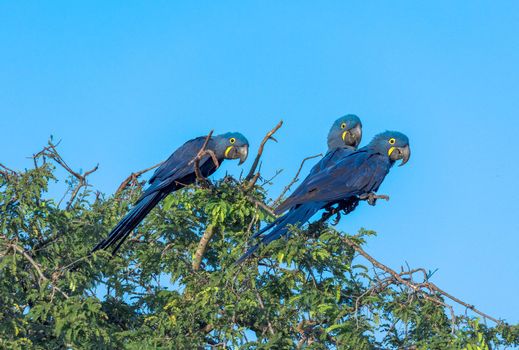
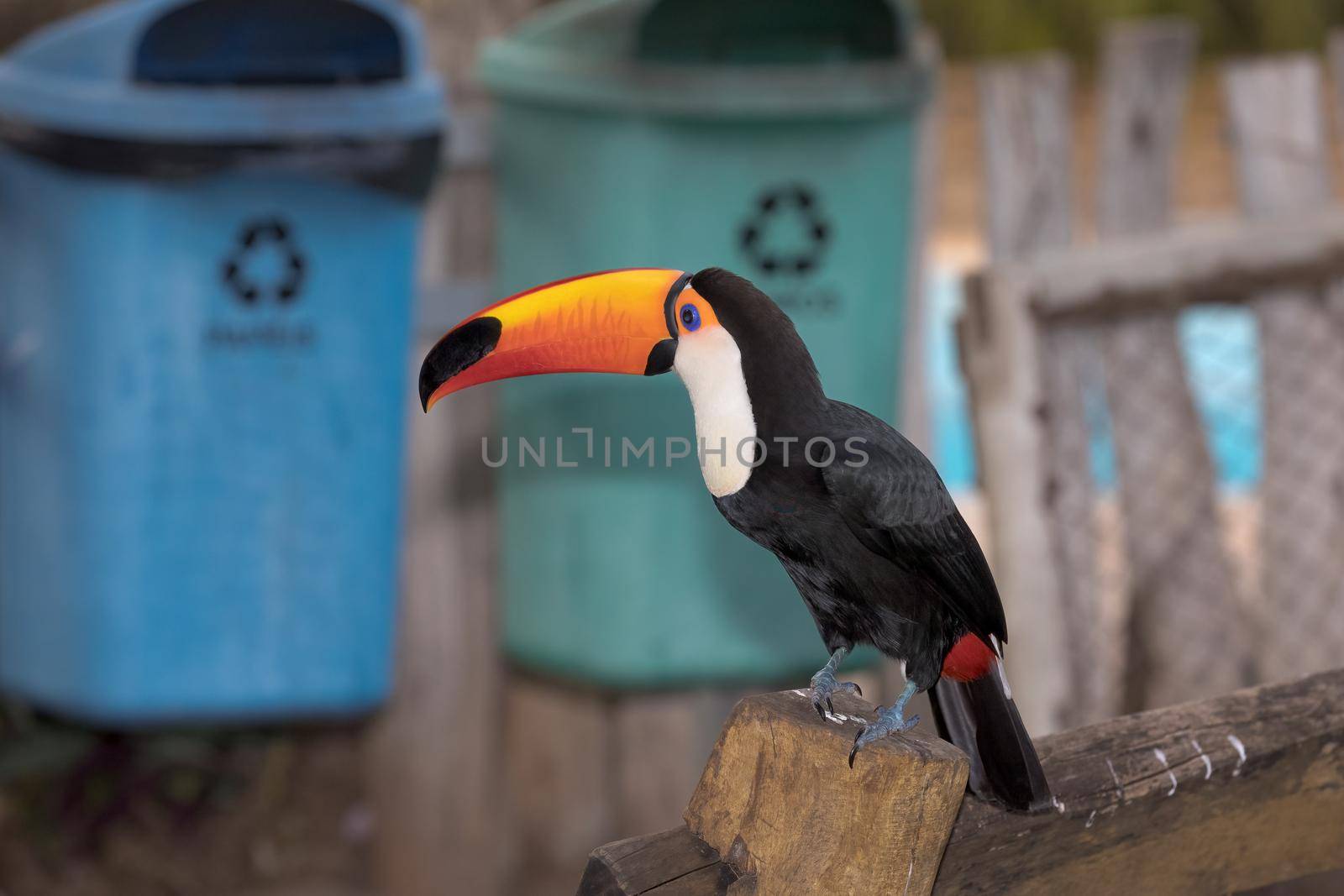
A Toco toucan perched near waste containers, Mato Grosso do Sul, Brazil..
Stock PhotoUsername
timo043850Resolution
5472x3648pxA Toco toucan perched near waste containers, Mato Grosso do Sul, Brazil..

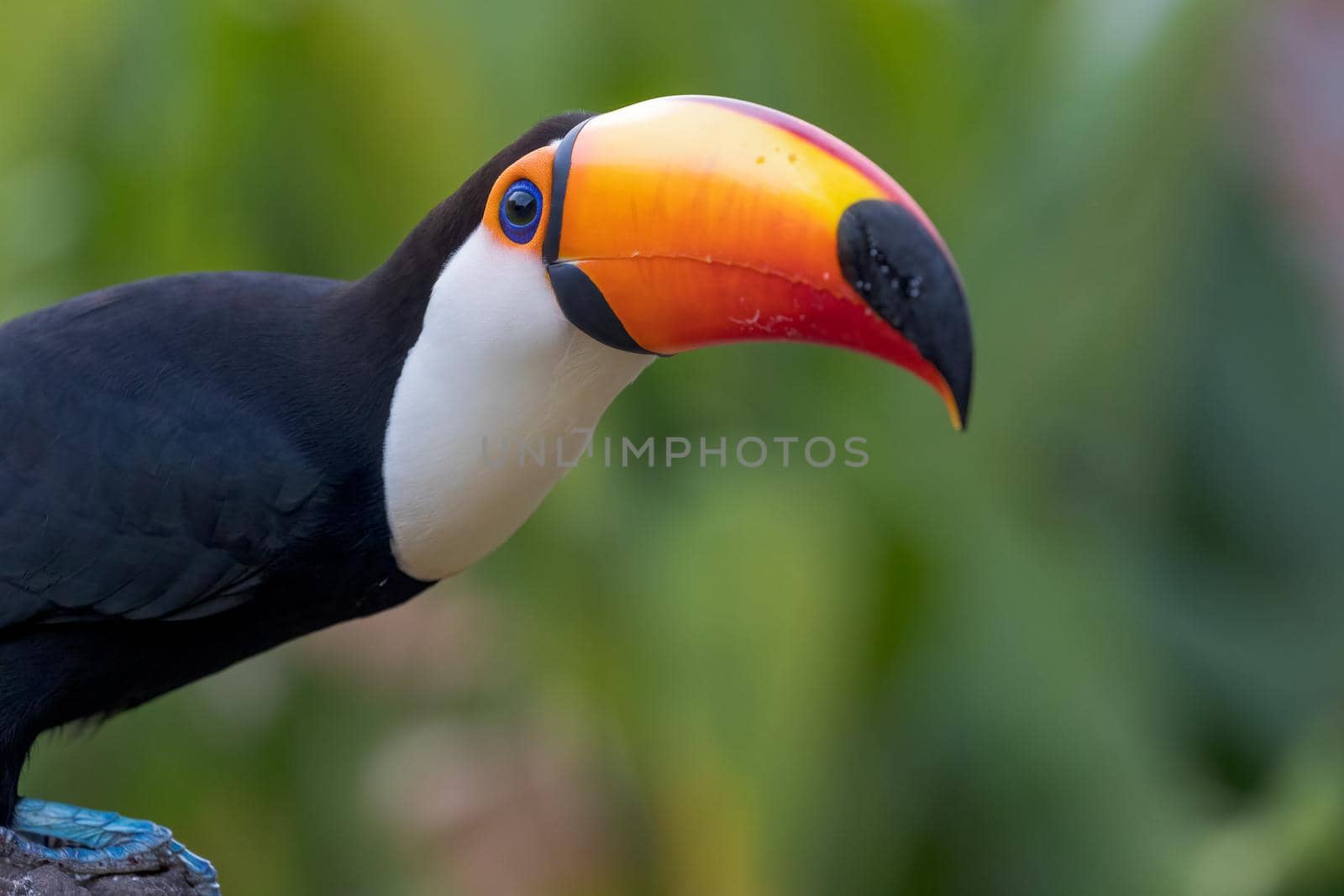
Closeup of a Toco toucan in the Pantanal, Mato Grosso do Sul, Brazil.
Stock PhotoUsername
timo043850Resolution
5472x3648pxCloseup of a Toco toucan in the Pantanal, Mato Grosso do Sul, Brazil.


Hyacinth Macaws having a conversation in the Pantanal of Brazil.
Stock PhotoUsername
timo043850Resolution
4742x3203pxHyacinth Macaws having a conversation in the Pantanal of Brazil.
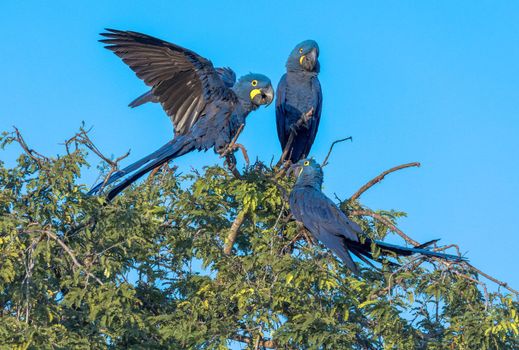

Hyacinth Macaws having a conversation in the Pantanal of Brazil.
Stock PhotoUsername
timo043850Resolution
4742x3203pxHyacinth Macaws having a conversation in the Pantanal of Brazil.
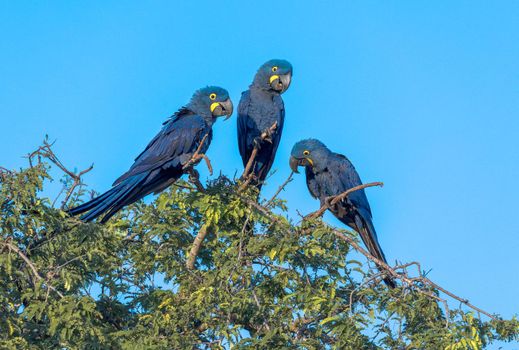
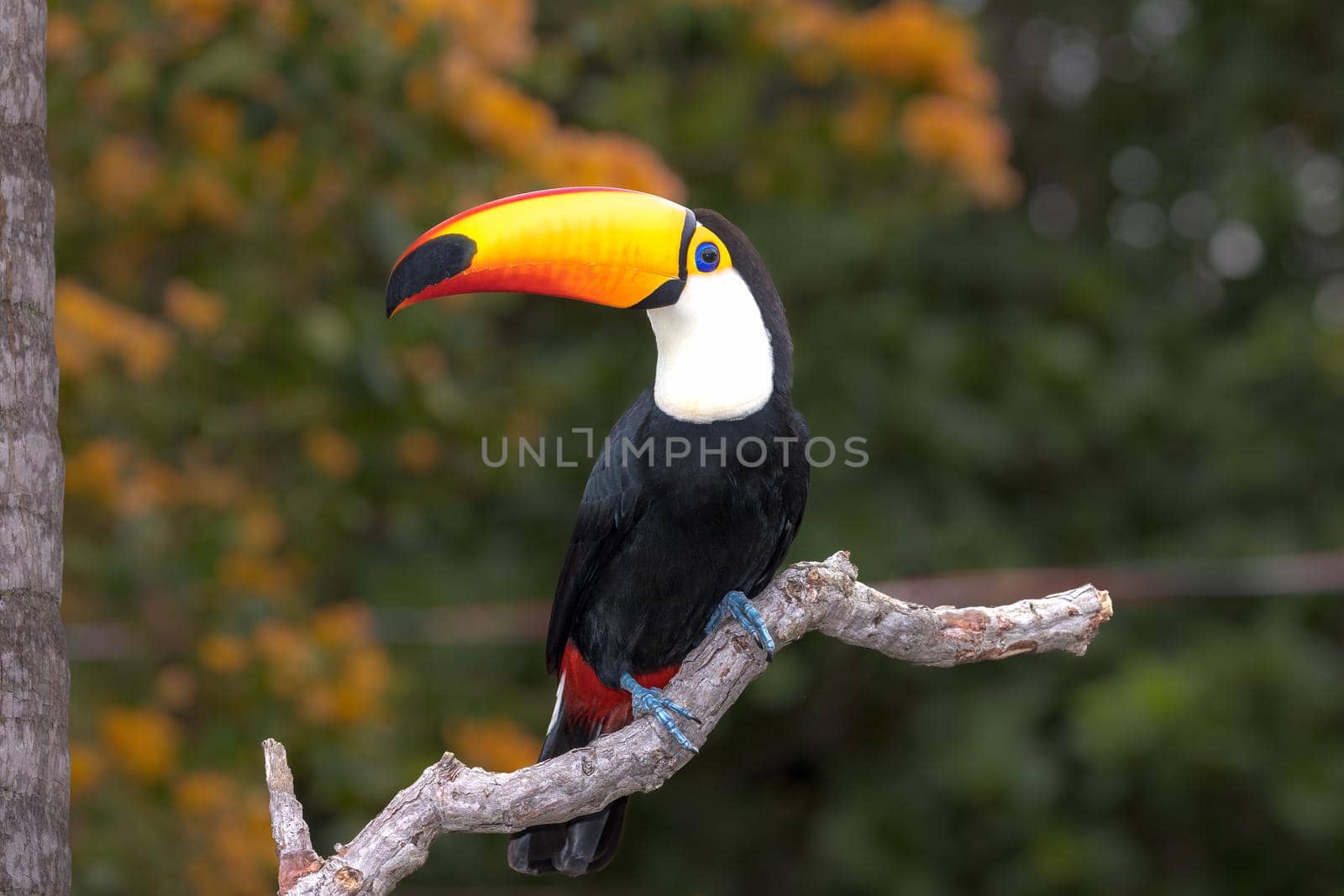
A Toco toucan perched on a branch in the Pantanal, Matto Grosso do Sul, Brazil.
Stock PhotoUsername
timo043850Resolution
5005x3337pxA Toco toucan perched on a branch in the Pantanal, Matto Grosso do Sul, Brazil.

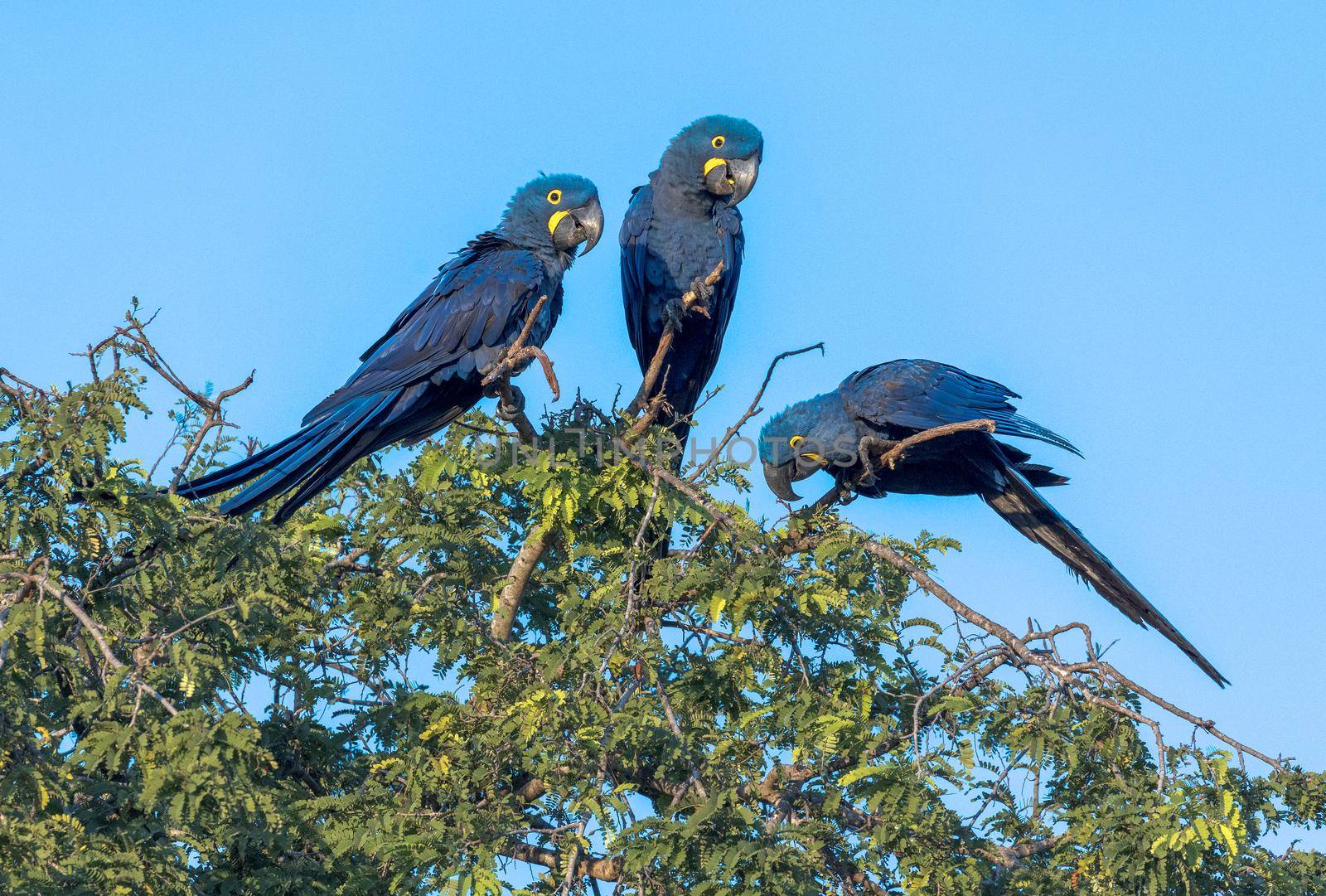
Hyacinth Macaws having a conversation in the Pantanal of Brazil.
Stock PhotoUsername
timo043850Resolution
4742x3203pxHyacinth Macaws having a conversation in the Pantanal of Brazil.


A Toco toucan perched on a branch in the Pantanal, Matto Grosso do Sul, Brazil.
Stock PhotoUsername
timo043850Resolution
4655x3103pxA Toco toucan perched on a branch in the Pantanal, Matto Grosso do Sul, Brazil.
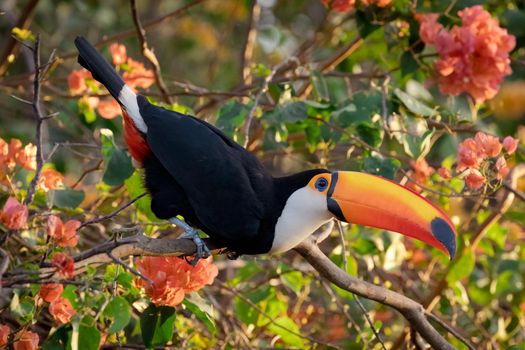
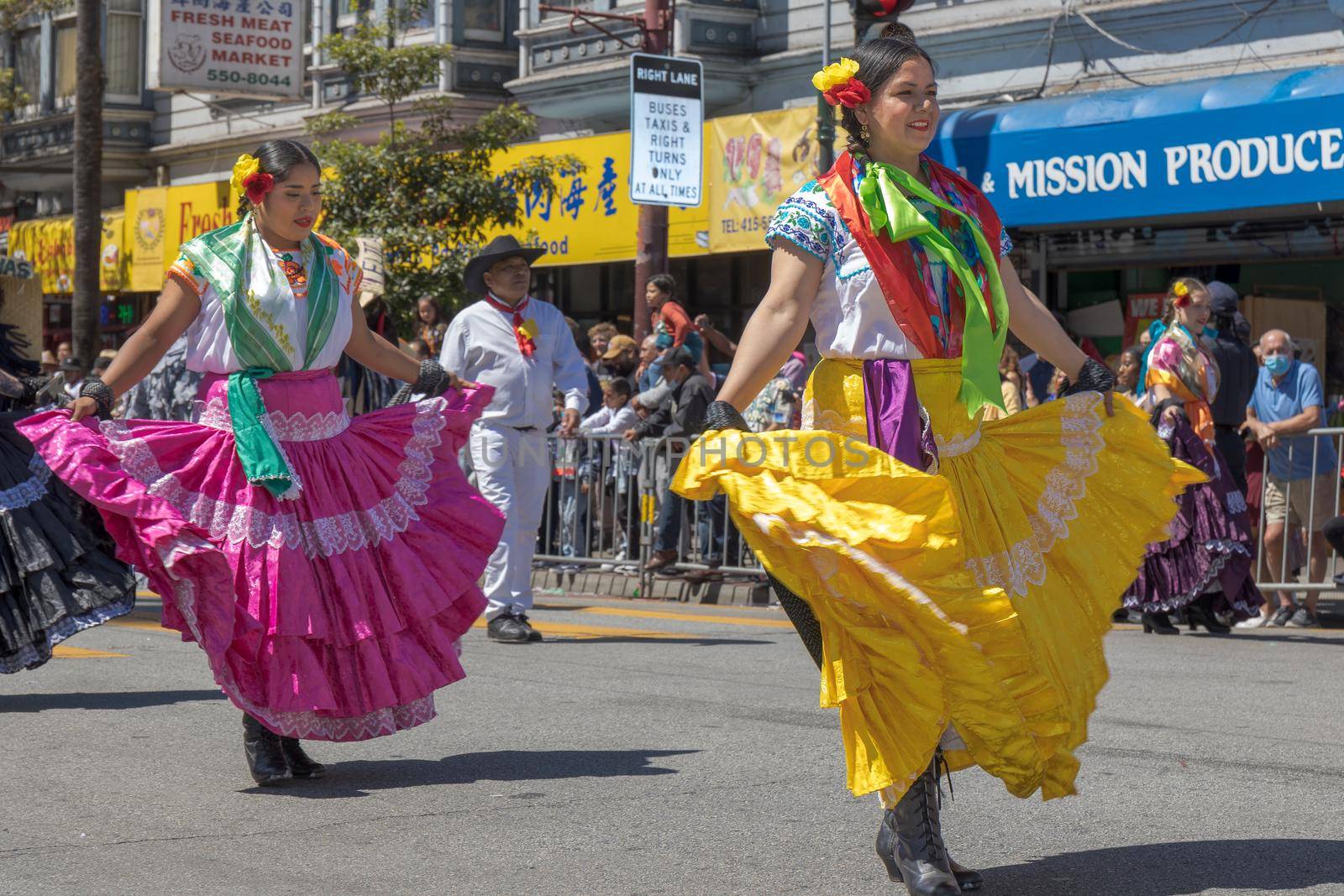
Performers dancing during the 44th Annual Carnaval parade in San Francisco, CA.
Editorial LicenseUsername
timo043850Resolution
4444x2963pxPerformers dancing during the 44th Annual Carnaval parade in San Francisco, CA.


Closeup of a Toco toucan in the Pantanal, Mato Grosso do Sul, Brazil.
Stock PhotoUsername
timo043850Resolution
5472x3648pxCloseup of a Toco toucan in the Pantanal, Mato Grosso do Sul, Brazil.
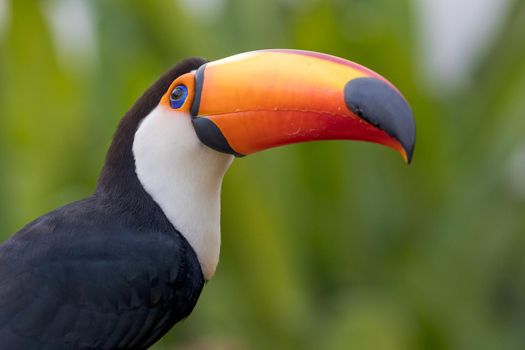

Performers dancing during the 44th Annual Carnaval parade in San Francisco, CA.
Editorial LicenseUsername
timo043850Resolution
2705x3636pxPerformers dancing during the 44th Annual Carnaval parade in San Francisco, CA.
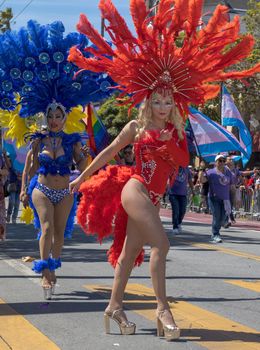
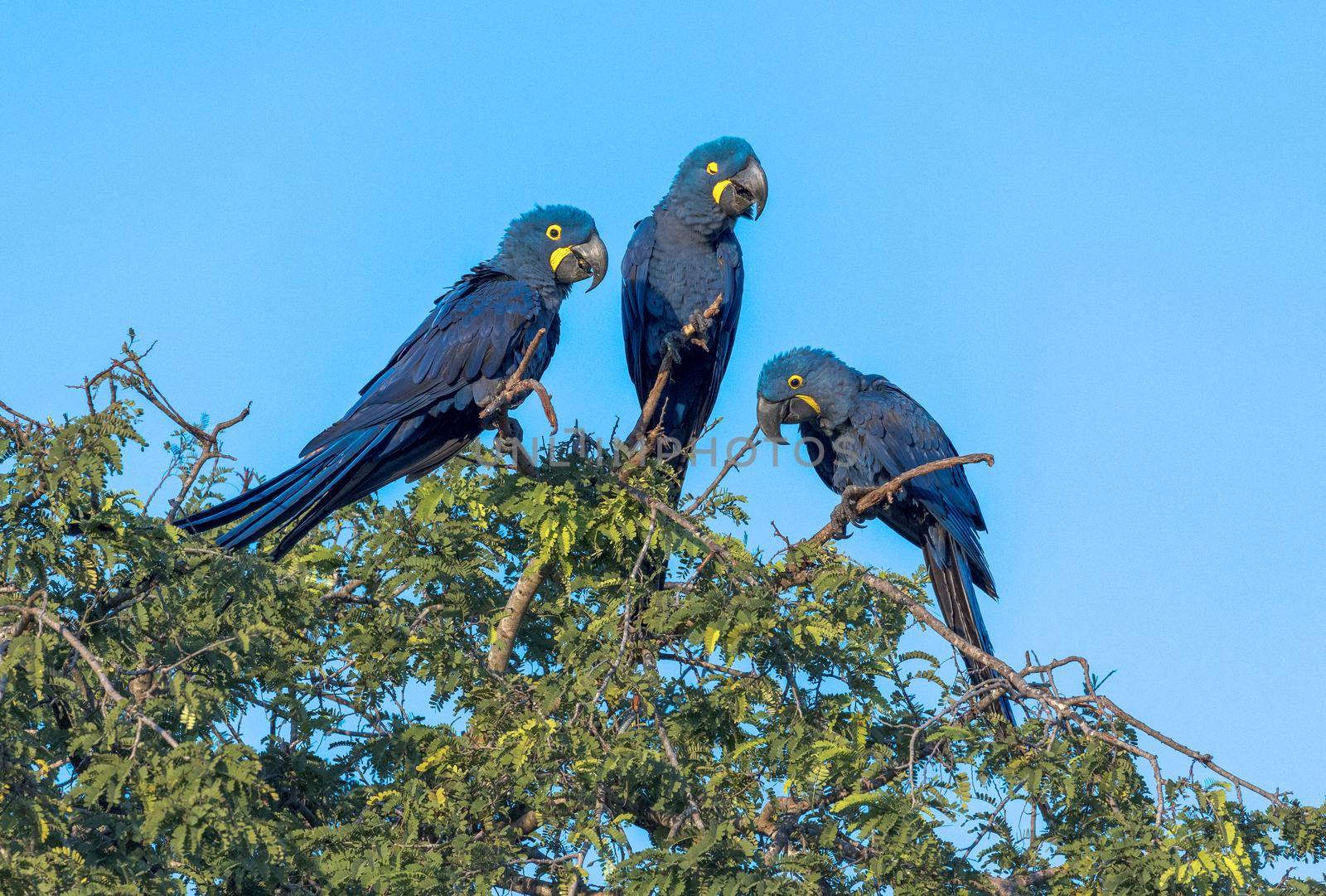
Hyacinth Macaws having a conversation in the Pantanal of Brazil.
Stock PhotoUsername
timo043850Resolution
4742x3203pxHyacinth Macaws having a conversation in the Pantanal of Brazil.


Hyacinth Macaws having a conversation in the Pantanal of Brazil.
Stock PhotoUsername
timo043850Resolution
4742x3203pxHyacinth Macaws having a conversation in the Pantanal of Brazil.
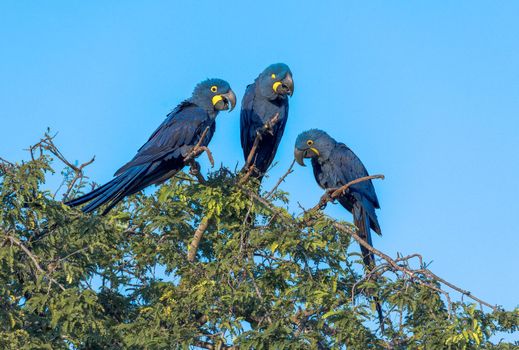
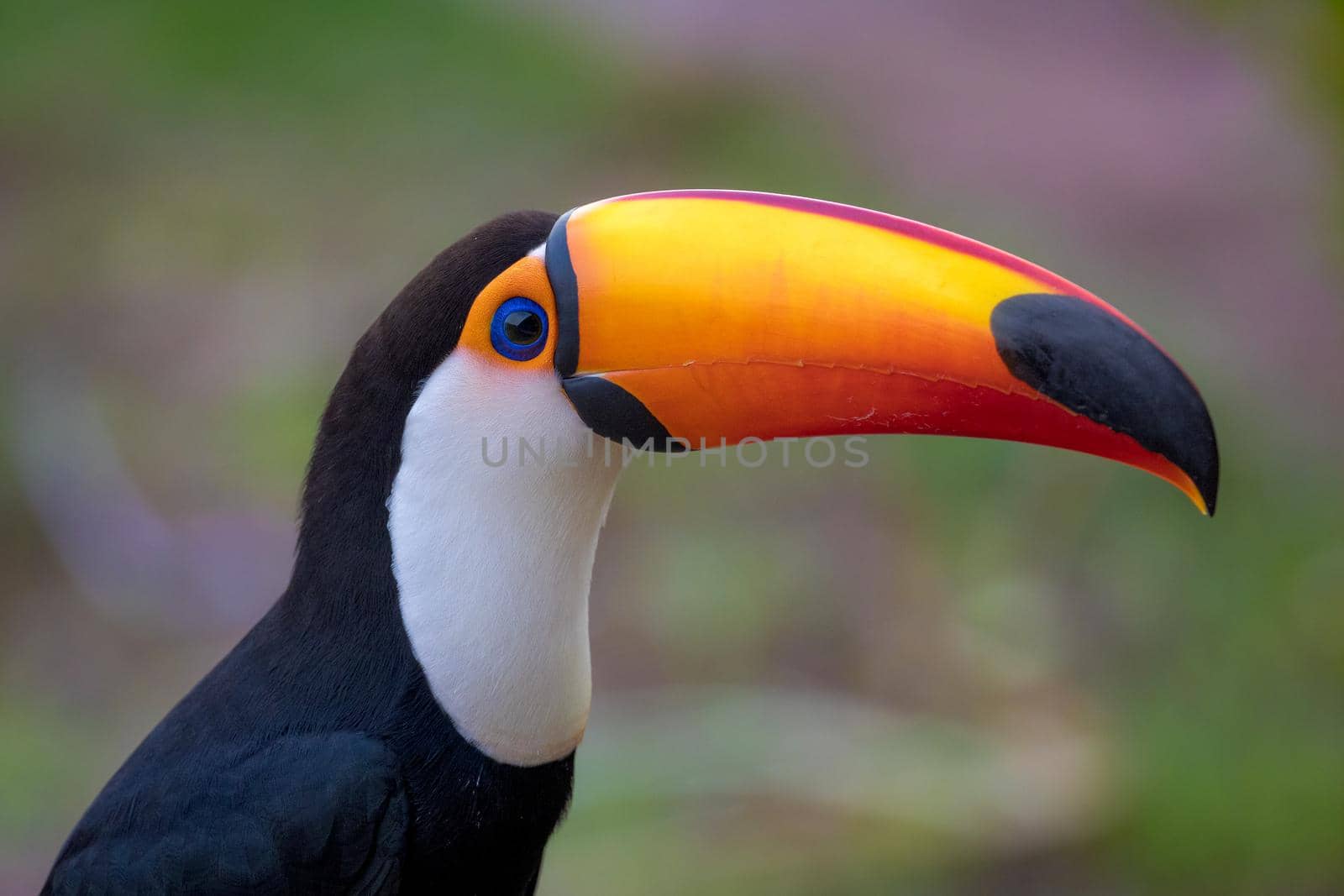
Closeup of a Toco toucan in the Pantanal, Mato Grosso do Sul, Brazil.
Stock PhotoUsername
timo043850Resolution
5472x3648pxCloseup of a Toco toucan in the Pantanal, Mato Grosso do Sul, Brazil.

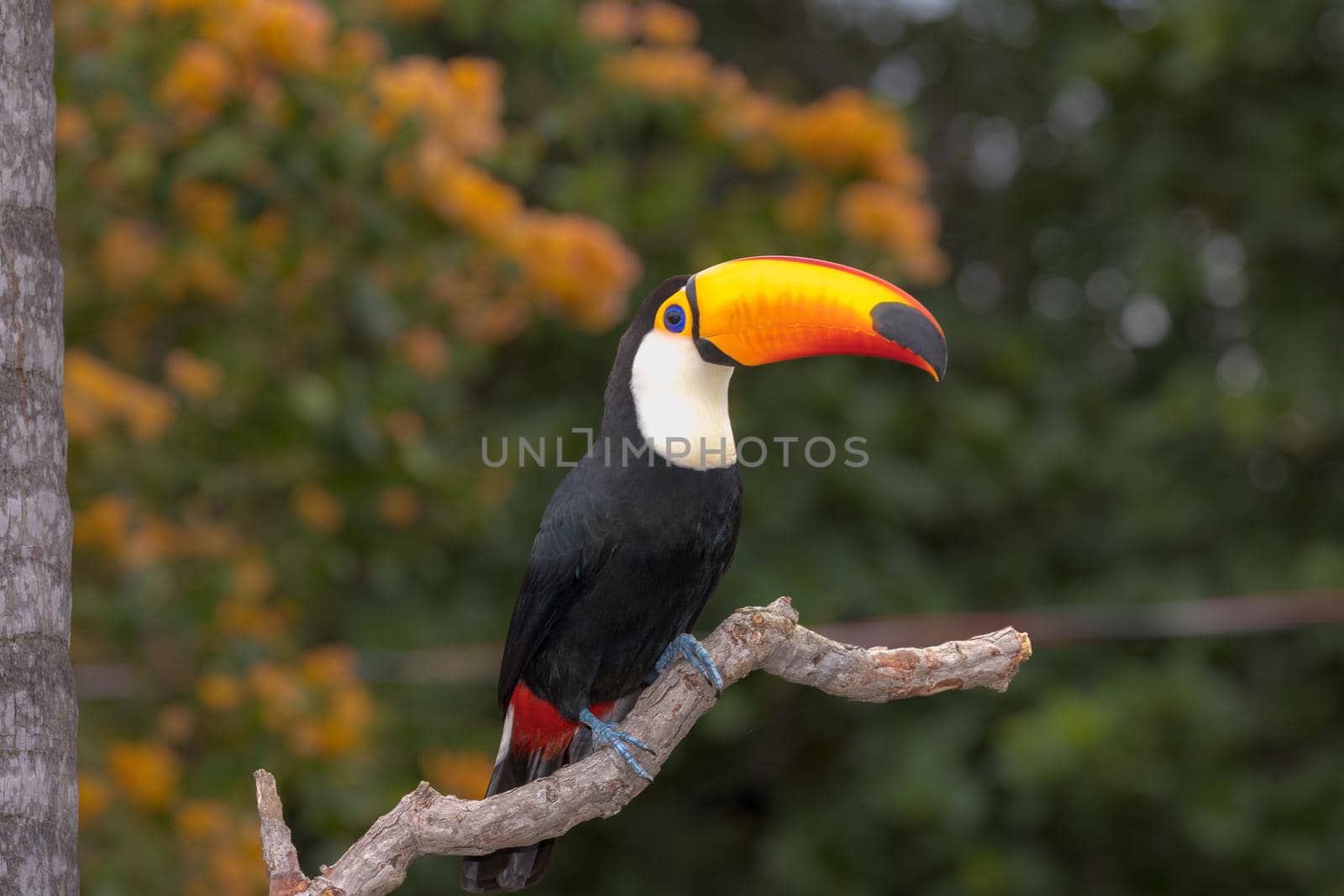
A Toco toucan perched on a branch in the Pantanal, Matto Grosso do Sul, Brazil.
Stock PhotoUsername
timo043850Resolution
5472x3648pxA Toco toucan perched on a branch in the Pantanal, Matto Grosso do Sul, Brazil.

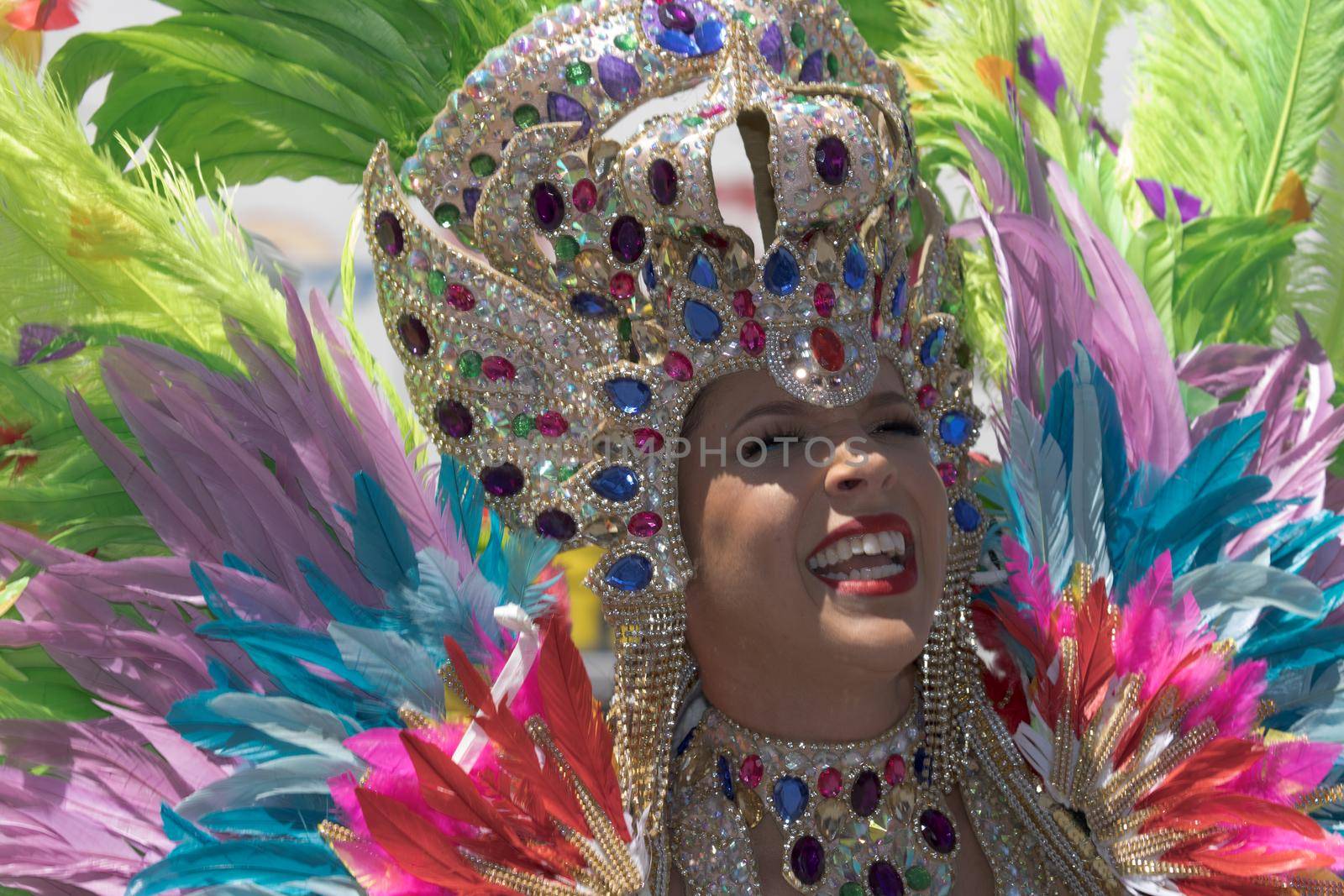
Performers dancing during the 44th Annual Carnaval parade in San Francisco, CA.
Editorial LicenseUsername
timo043850Resolution
5472x3648pxPerformers dancing during the 44th Annual Carnaval parade in San Francisco, CA.


A Toco toucan perched on a branch in the Pantanal, Matto Grosso do Sul, Brazil.
Stock PhotoUsername
timo043850Resolution
5472x3648pxA Toco toucan perched on a branch in the Pantanal, Matto Grosso do Sul, Brazil.
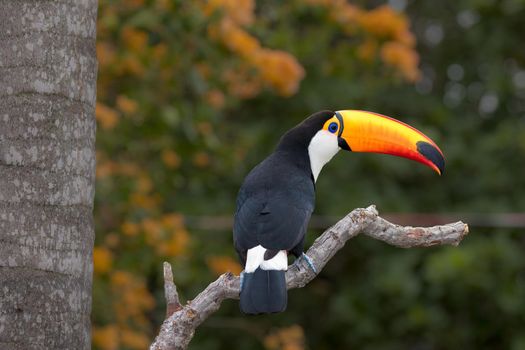
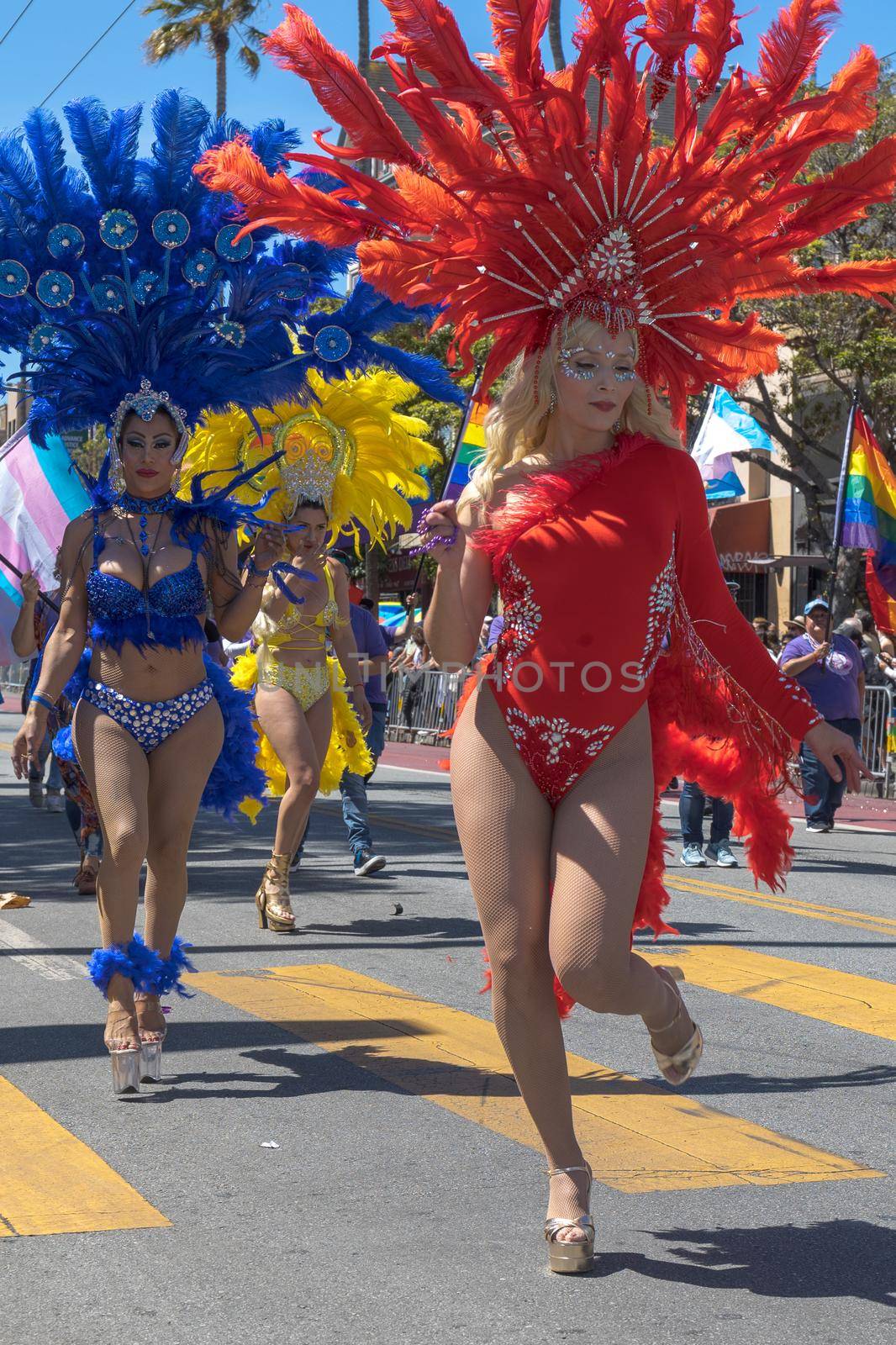
Performers dancing during the 44th Annual Carnaval parade in San Francisco, CA.
Editorial LicenseUsername
timo043850Resolution
2431x3648pxPerformers dancing during the 44th Annual Carnaval parade in San Francisco, CA.

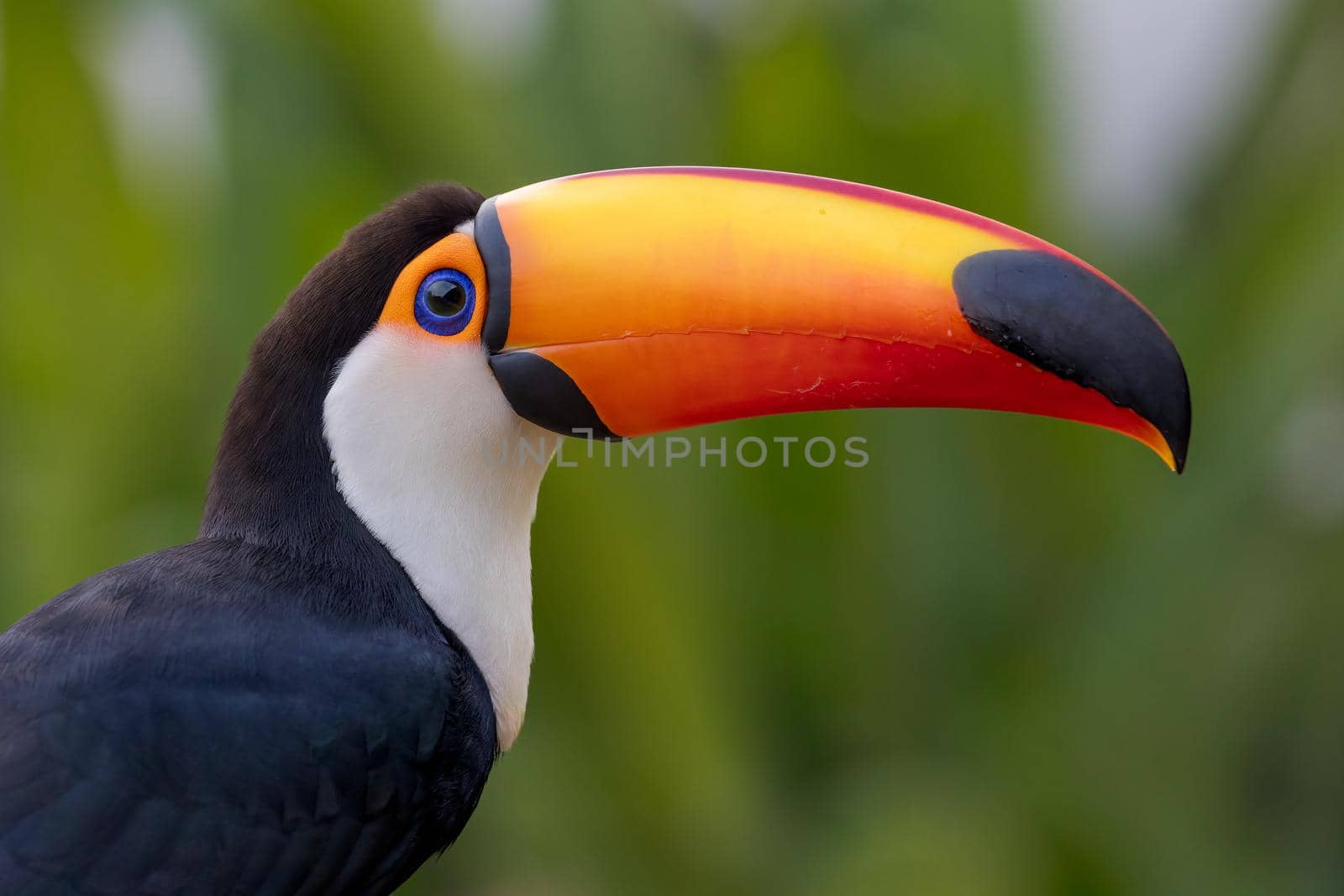
Closeup of a Toco toucan in the Pantanal, Mato Grosso do Sul, Brazil.
Stock PhotoUsername
timo043850Resolution
5472x3648pxCloseup of a Toco toucan in the Pantanal, Mato Grosso do Sul, Brazil.

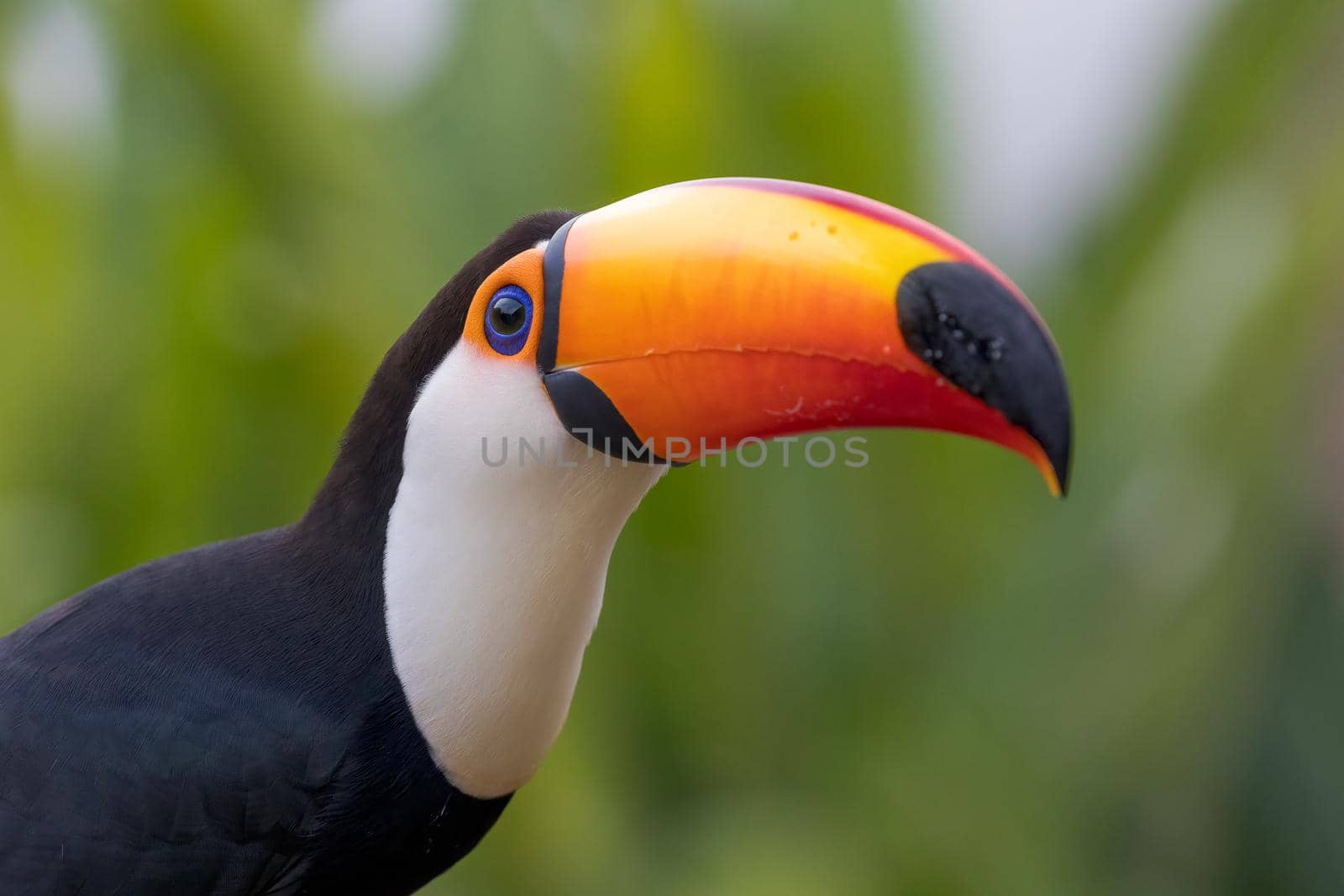
Closeup of a Toco toucan in the Pantanal, Mato Grosso do Sul, Brazil.
Stock PhotoUsername
timo043850Resolution
5472x3648pxCloseup of a Toco toucan in the Pantanal, Mato Grosso do Sul, Brazil.

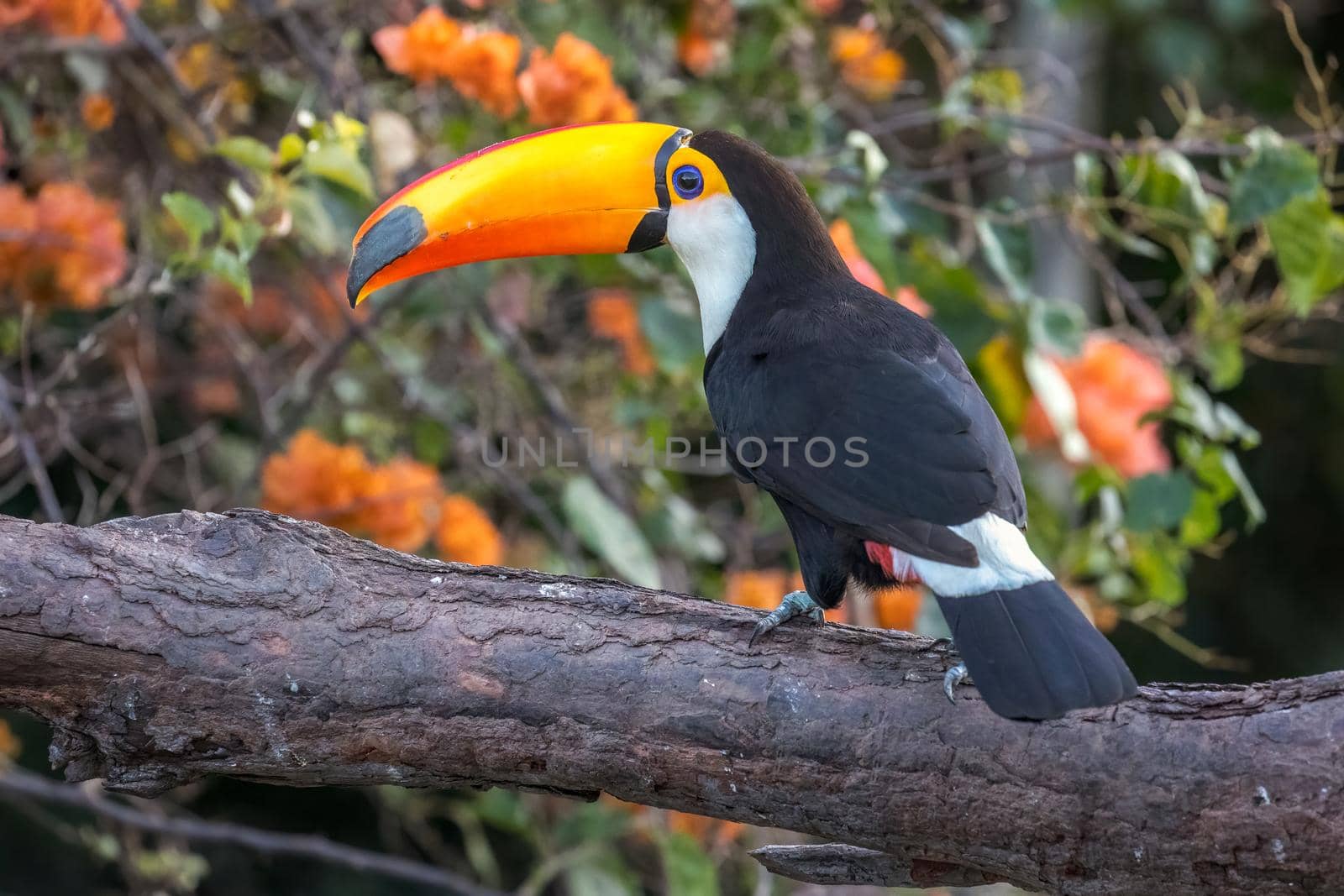
A Toco toucan perched on a branch in the Pantanal, Matto Grosso do Sul, Brazil.
Stock PhotoUsername
timo043850Resolution
5472x3648pxA Toco toucan perched on a branch in the Pantanal, Matto Grosso do Sul, Brazil.

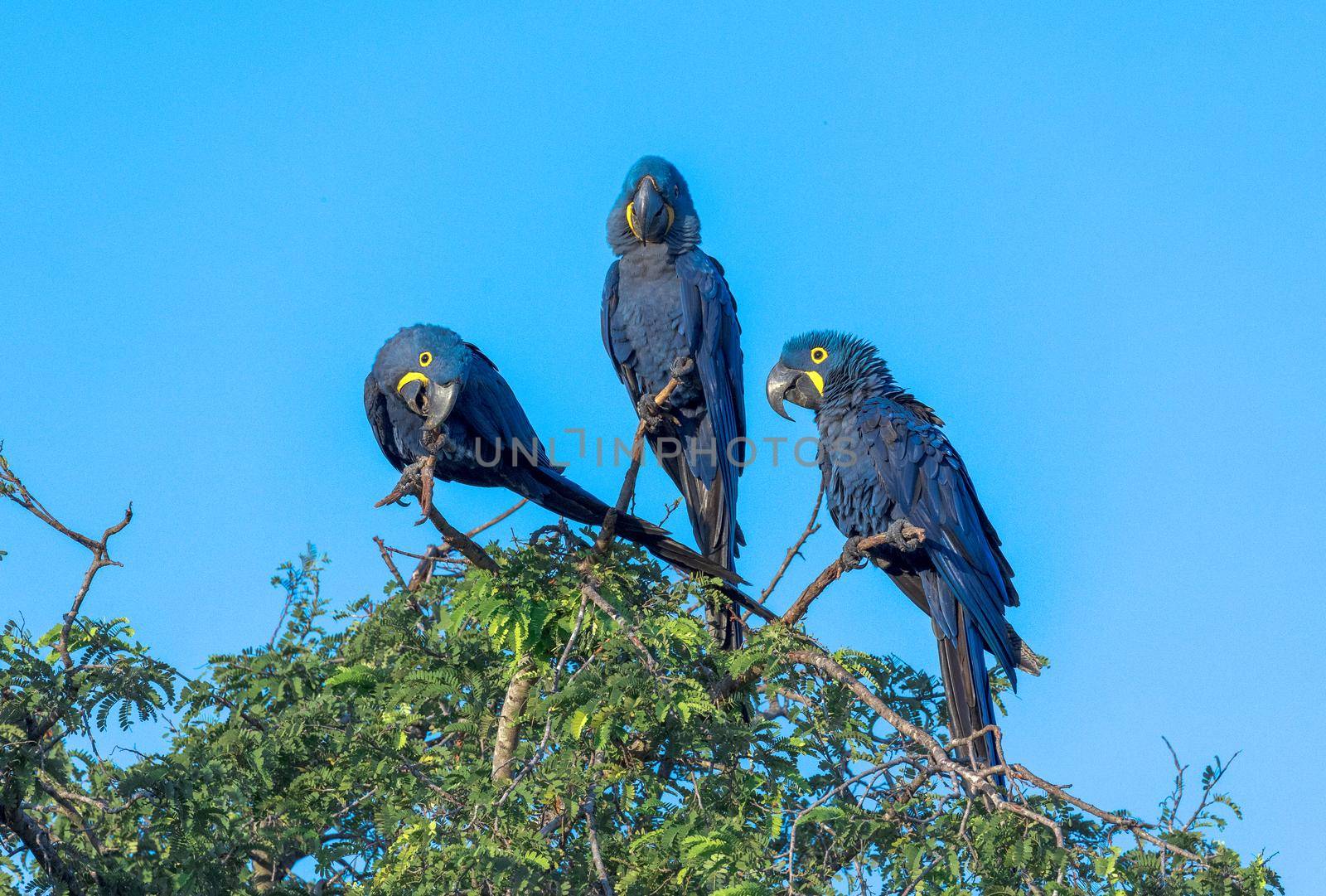
Hyacinth Macaws having a conversation in the Pantanal of Brazil.
Stock PhotoUsername
timo043850Resolution
4742x3203pxHyacinth Macaws having a conversation in the Pantanal of Brazil.


A Toco toucan perched on a branch in the Pantanal, Matto Grosso do Sul, Brazil.
Stock PhotoUsername
timo043850Resolution
5472x3648pxA Toco toucan perched on a branch in the Pantanal, Matto Grosso do Sul, Brazil.
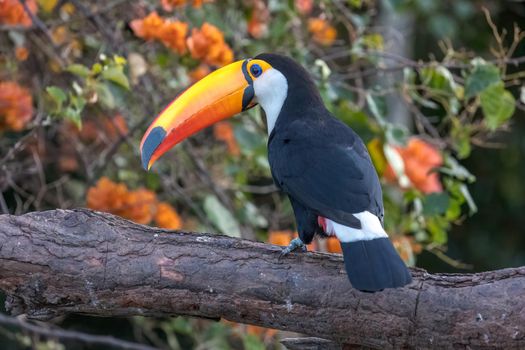
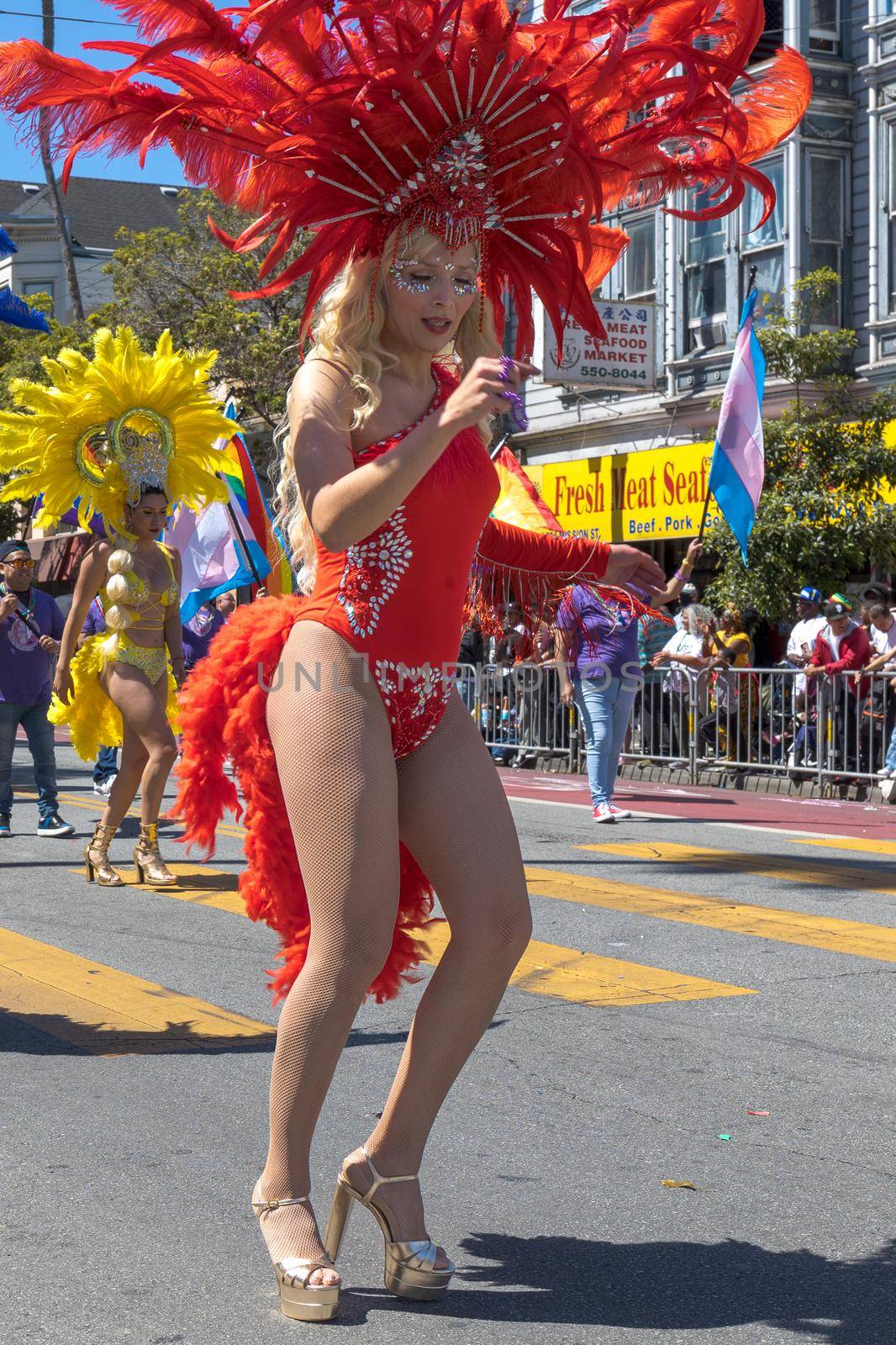
Performers dancing during the 44th Annual Carnaval parade in San Francisco, CA.
Editorial LicenseUsername
timo043850Resolution
2430x3648pxPerformers dancing during the 44th Annual Carnaval parade in San Francisco, CA.


A Willet forages in the surf of Bodega Bay, California.
Stock PhotoUsername
timo043850Resolution
5472x3648pxA Willet forages in the surf of Bodega Bay, California.
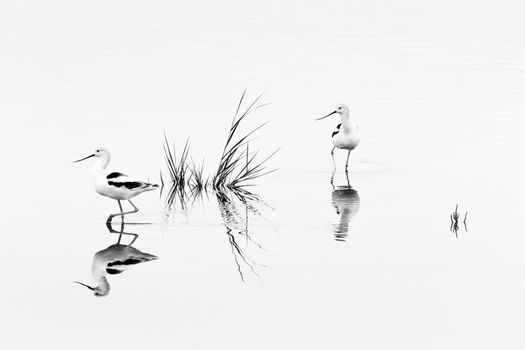

A Willet forages in the surf of Bodega Bay, California.
Stock PhotoUsername
timo043850Resolution
5472x3648pxA Willet forages in the surf of Bodega Bay, California.


Members of the Los Diablos de Santa Cruz perform in the San Francisco Carnaval parade.
Editorial LicenseUsername
timo043850Resolution
2352x3528pxMembers of the Los Diablos de Santa Cruz perform in the San Francisco Carnaval parade.
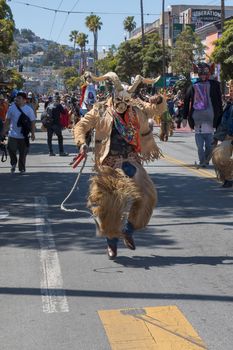

A Willet forages in the surf of Bodega Bay, California.
Stock PhotoUsername
timo043850Resolution
5007x3338pxA Willet forages in the surf of Bodega Bay, California.


Members of the Los Diablos de Santa Cruz perform in the San Francisco Carnaval parade.
Editorial LicenseUsername
timo043850Resolution
2290x3435pxMembers of the Los Diablos de Santa Cruz perform in the San Francisco Carnaval parade.
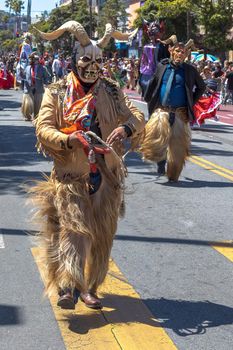

A Willet forages in the surf of Bodega Bay, California.
Stock PhotoUsername
timo043850Resolution
5472x3648pxA Willet forages in the surf of Bodega Bay, California.
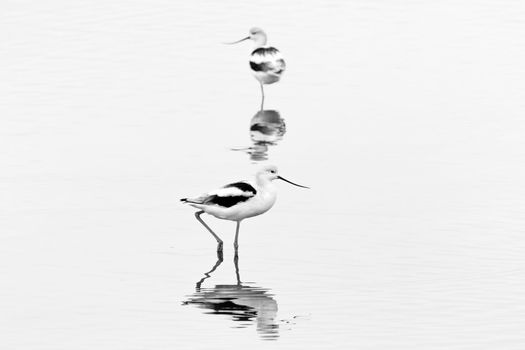
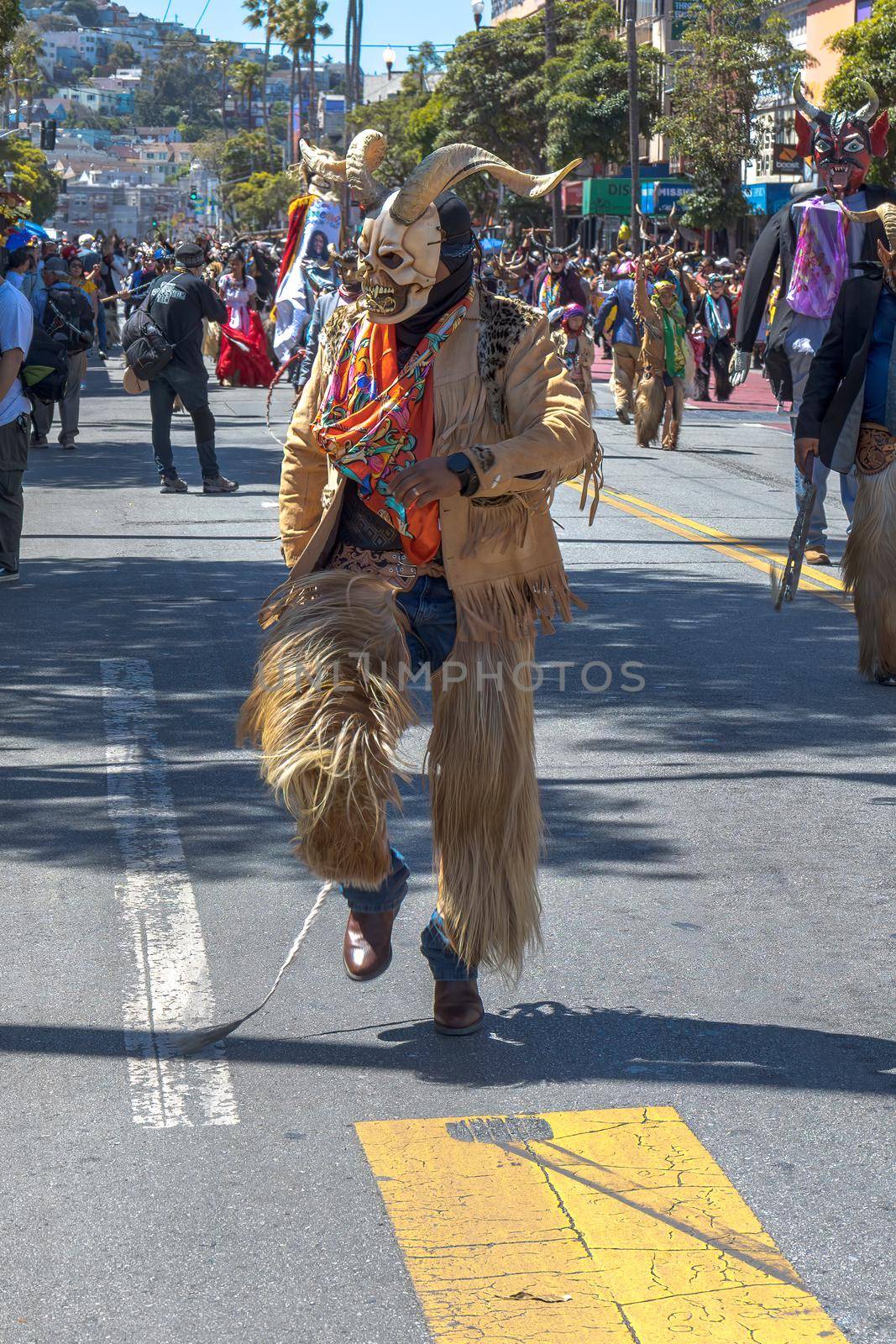
Members of the Los Diablos de Santa Cruz perform in the San Francisco Carnaval parade.
Editorial LicenseUsername
timo043850Resolution
2212x3317pxMembers of the Los Diablos de Santa Cruz perform in the San Francisco Carnaval parade.

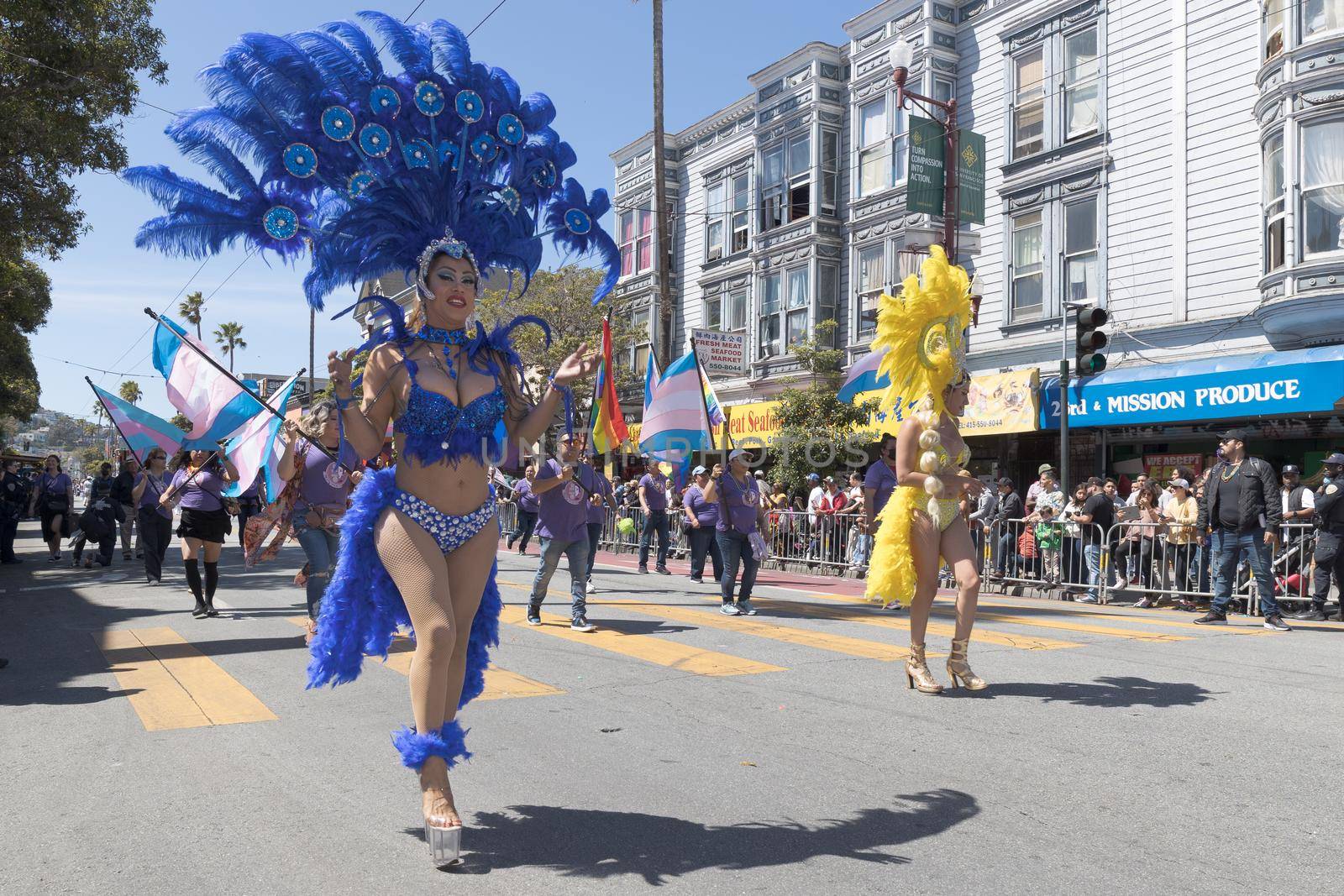
Performers dancing during the 44th Annual Carnaval parade in San Francisco, CA.
Editorial LicenseUsername
timo043850Resolution
4624x3083pxPerformers dancing during the 44th Annual Carnaval parade in San Francisco, CA.

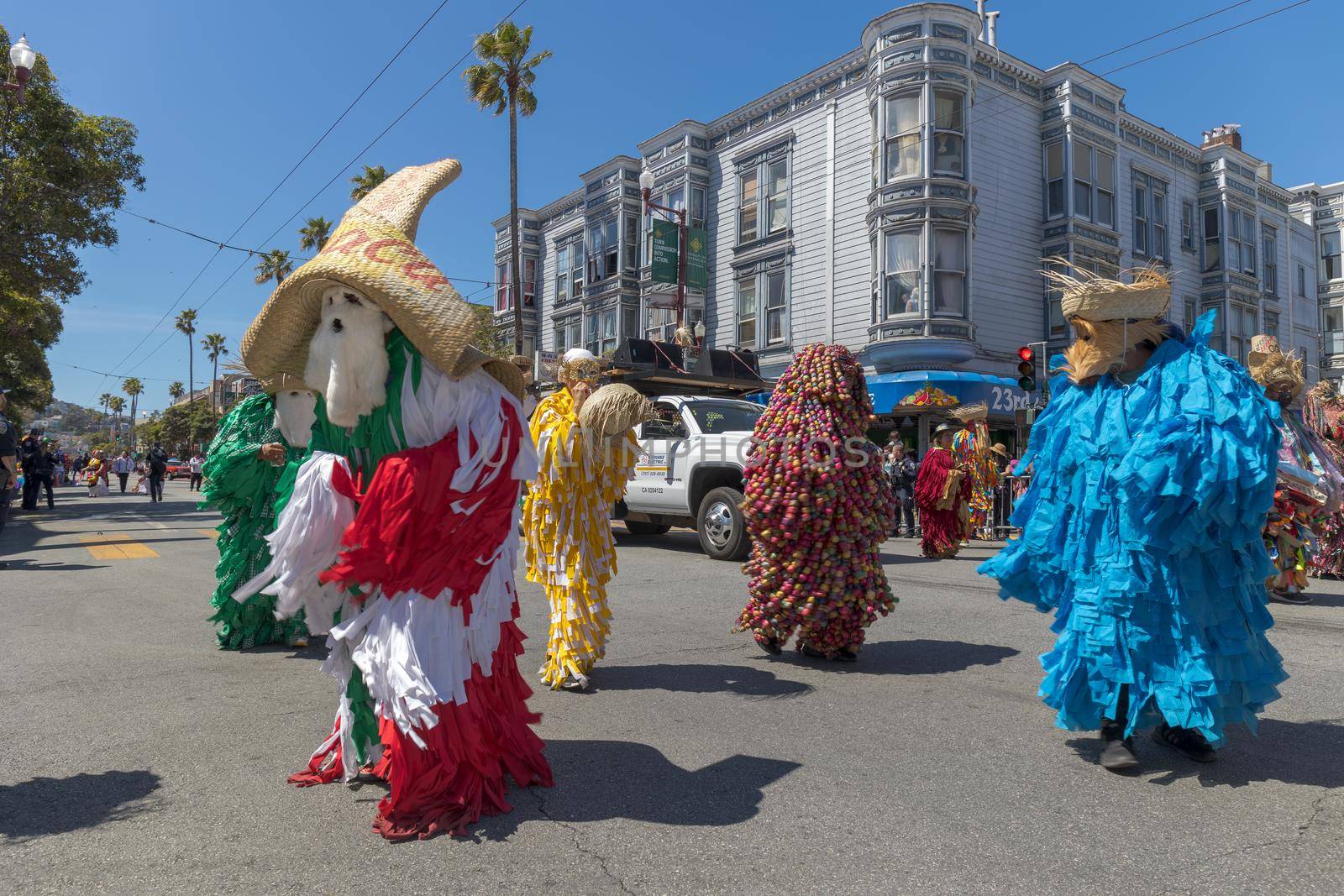
Members of the Carnaval Putleco in Oaxaca perform during the 44th Annual Carnaval in San Francisco, CA.
Editorial LicenseUsername
timo043850Resolution
5472x3648pxMembers of the Carnaval Putleco in Oaxaca perform during the 44th Annual Carnaval in San Francisco, CA.

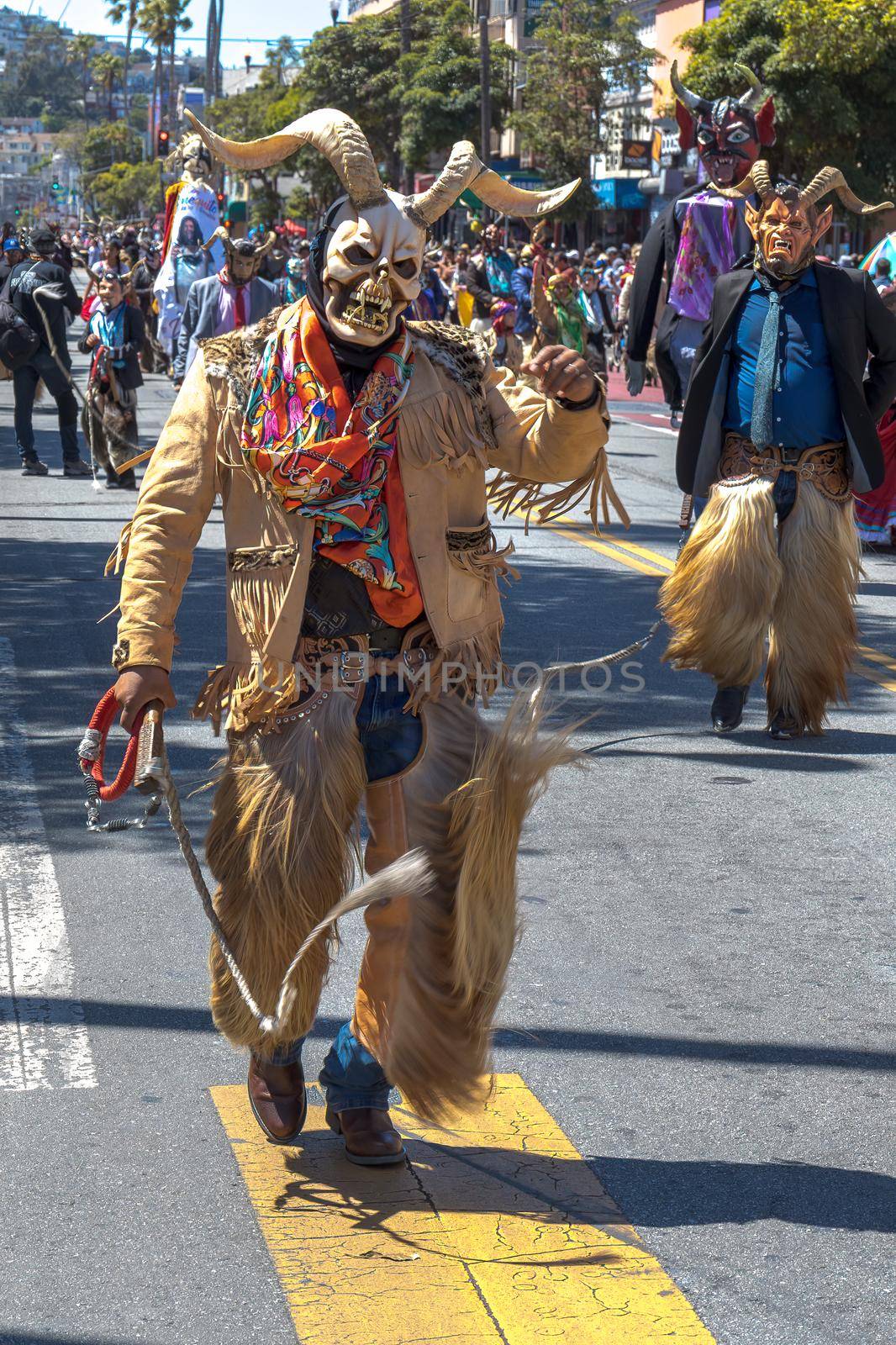
Members of the Los Diablos de Santa Cruz perform in the San Francisco Carnaval parade.
Editorial LicenseUsername
timo043850Resolution
2268x3404pxMembers of the Los Diablos de Santa Cruz perform in the San Francisco Carnaval parade.

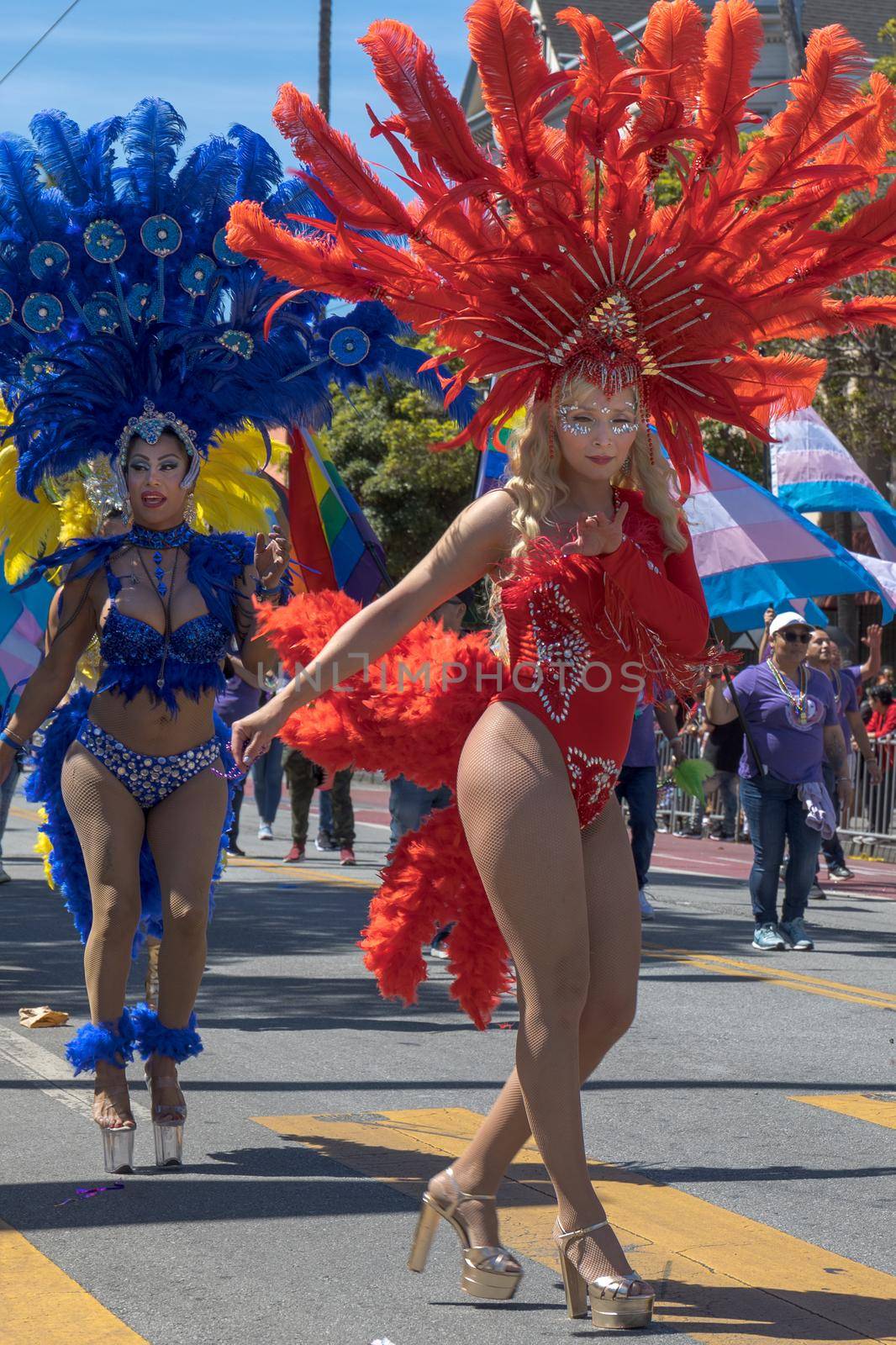
Performers dancing during the 44th Annual Carnaval parade in San Francisco, CA.
Editorial LicenseUsername
timo043850Resolution
2431x3648pxPerformers dancing during the 44th Annual Carnaval parade in San Francisco, CA.

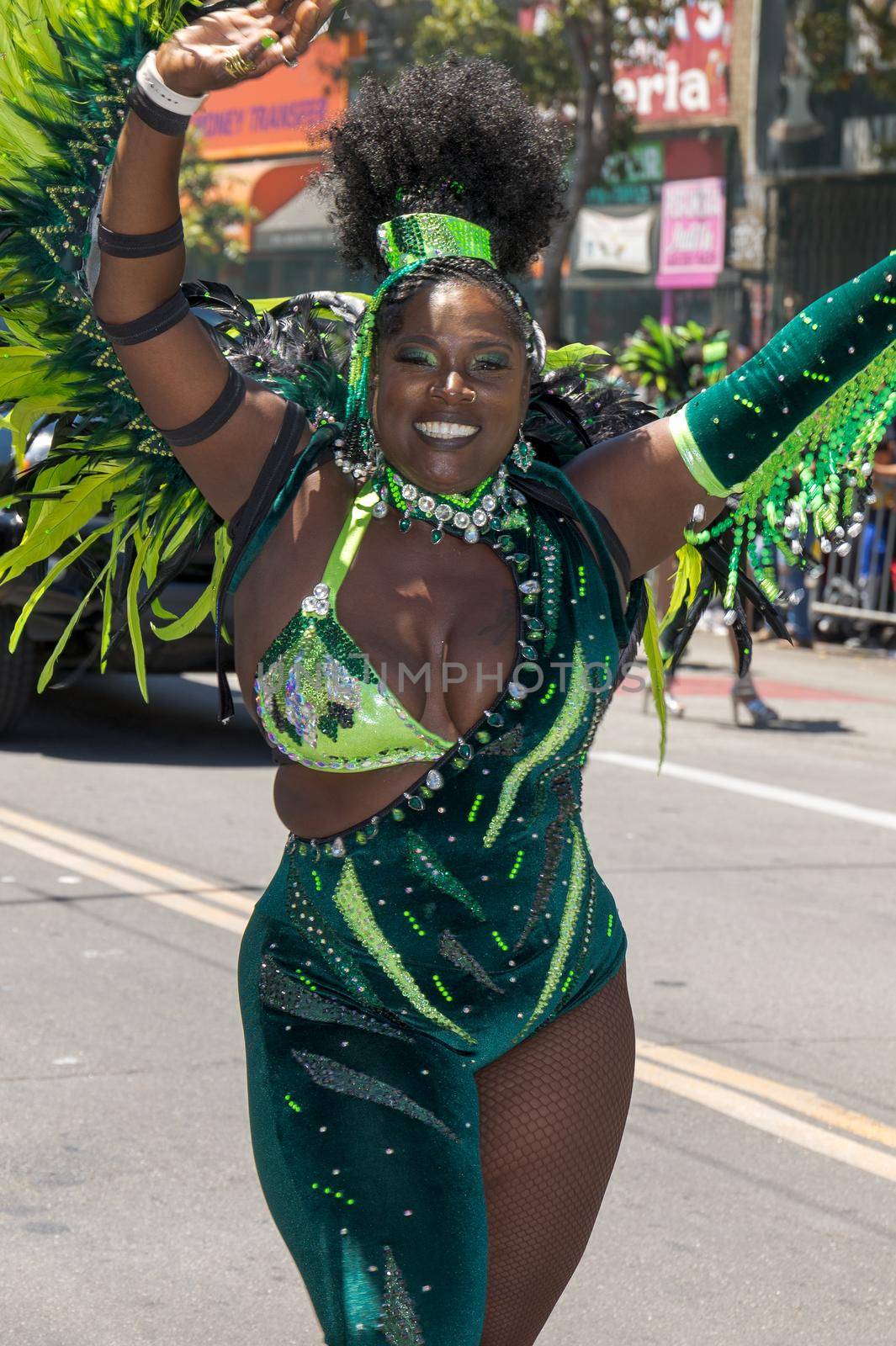
Performers dancing during the 44th Annual Carnaval parade in San Francisco, CA.
Editorial LicenseUsername
timo043850Resolution
2375x3569pxPerformers dancing during the 44th Annual Carnaval parade in San Francisco, CA.


Members of the Los Diablos de Santa Cruz perform in the San Francisco Carnaval parade.
Editorial LicenseUsername
timo043850Resolution
2233x3350pxMembers of the Los Diablos de Santa Cruz perform in the San Francisco Carnaval parade.
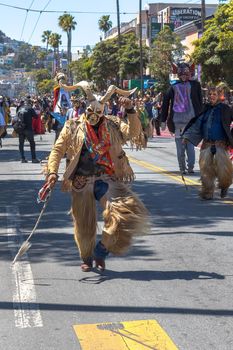
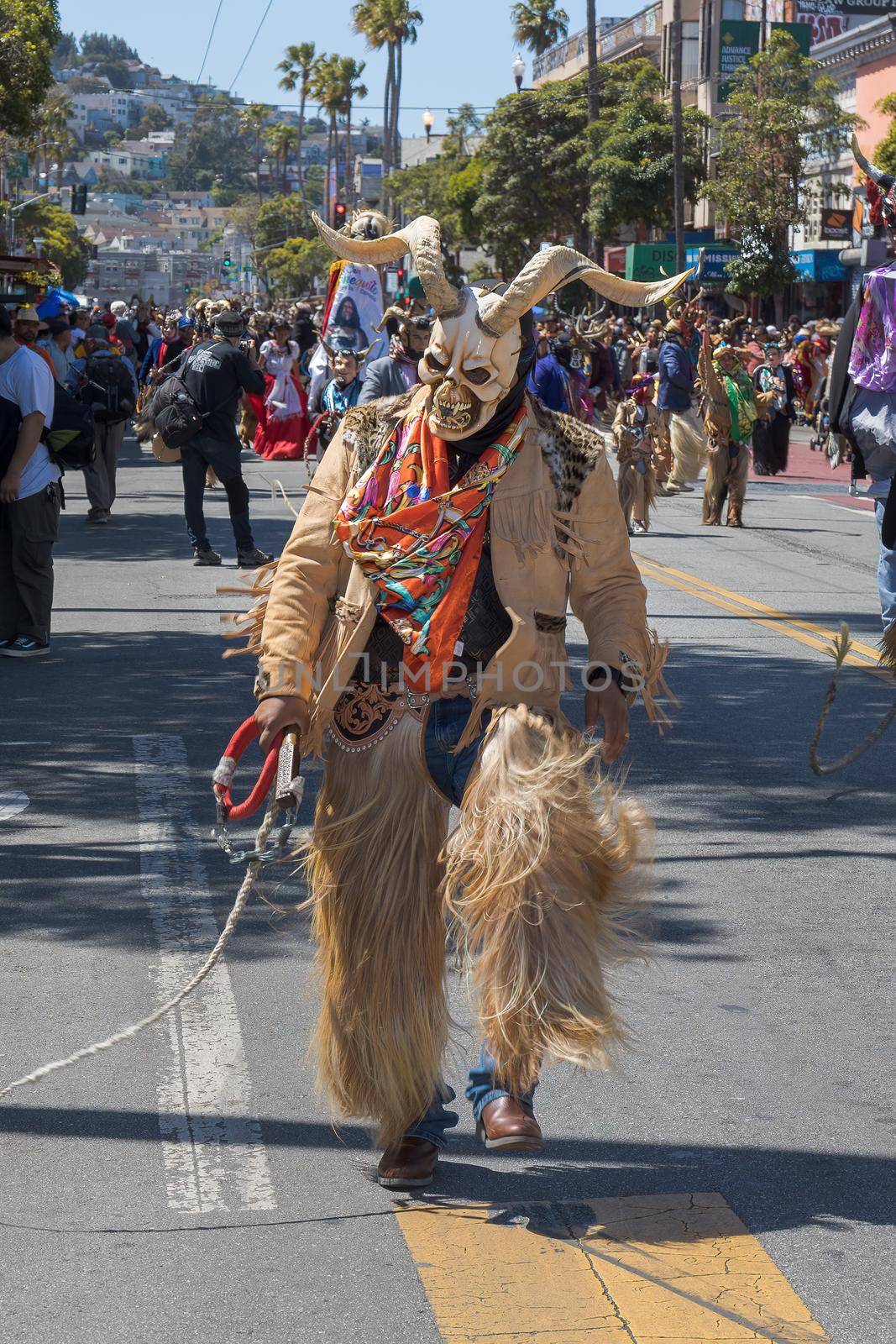
Members of the Los Diablos de Santa Cruz perform in the San Francisco Carnaval parade.
Editorial LicenseUsername
timo043850Resolution
2161x3241pxMembers of the Los Diablos de Santa Cruz perform in the San Francisco Carnaval parade.

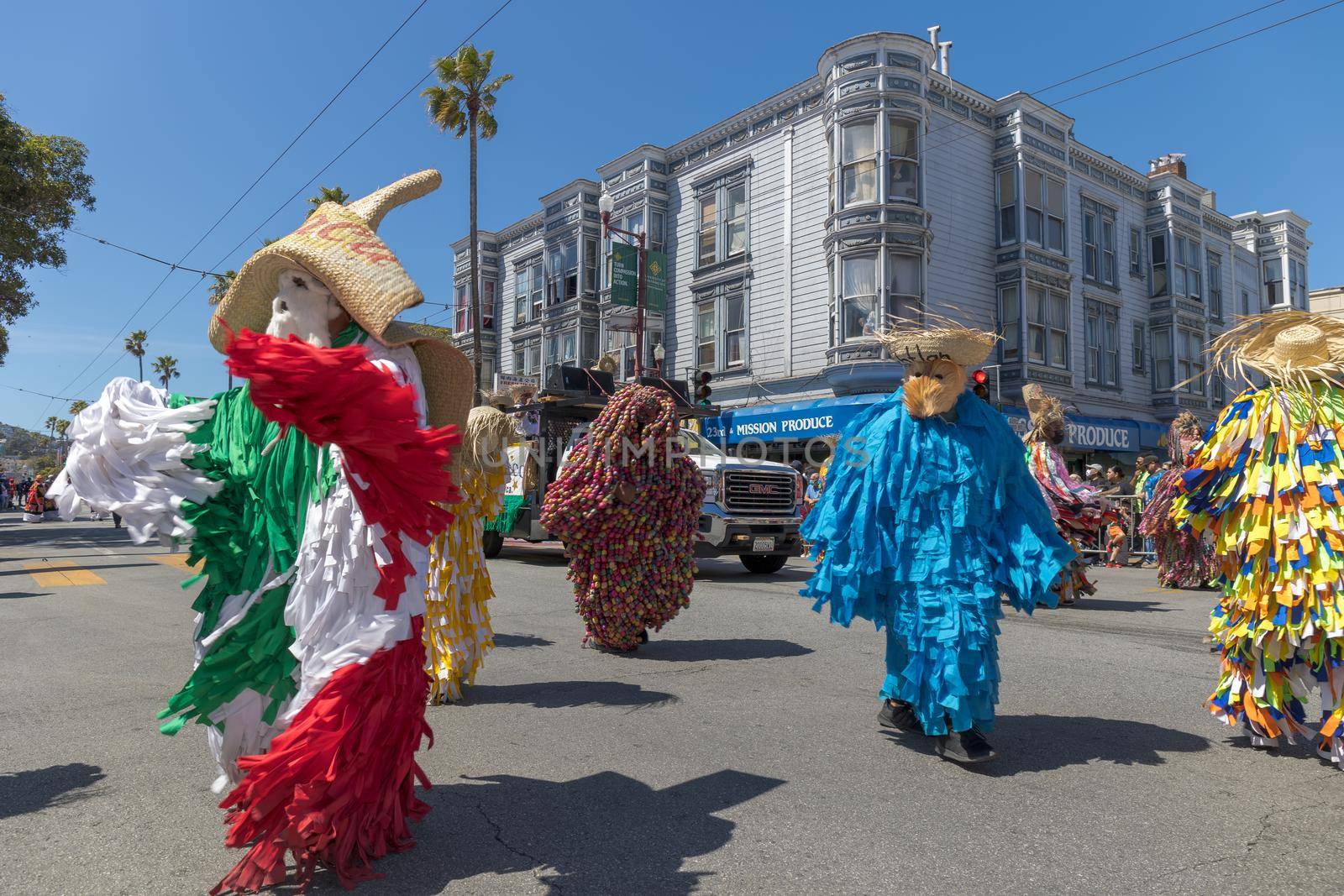
Members of the Carnaval Putleco in Oaxaca perform during the 44th Annual Carnaval in San Francisco, CA.
Editorial LicenseUsername
timo043850Resolution
5472x3648pxMembers of the Carnaval Putleco in Oaxaca perform during the 44th Annual Carnaval in San Francisco, CA.


Performers dancing during the 44th Annual Carnaval parade in San Francisco, CA.
Editorial LicenseUsername
timo043850Resolution
2287x3430pxPerformers dancing during the 44th Annual Carnaval parade in San Francisco, CA.
